If you're a gecko parent, you probably know that keeping your leopard gecko healthy and happy requires more than just the right enclosure and lighting. One of the most important—and often overlooked—aspects of their diet is gut loading. This simple practice can make a world of difference in your gecko's overall health and longevity.
Gut loading is the process of feeding your feeder insects nutritious food so that your gecko gets the maximum benefits from them. But why is this so important? How can it improve your pet’s health and vitality? And most importantly, how can you do it right? Let’s dive into these questions and more to ensure that your little friend thrives.
What is Gut Loading?
In nature, geckos and other insect-eating reptiles typically consume insects that have been feeding on a variety of nutritious plant matter. Unfortunately, the insects you purchase for feeding your gecko may not always be as healthy as they should be. They may be hungry, dehydrated, or low in essential nutrients. That's where gut loading comes in.
Gut loading refers to feeding your feeder insects—like mealworms, dubia roaches, and crickets—nutritious foods that will pass those nutrients on to your leopard gecko. Essentially, you're improving the quality of food your gecko is consuming, which has a direct impact on their overall health, energy, and longevity.
Why Is Gut Loading So Important?
Gut loading is important for a variety of reasons:
-
Improved Nutrient Intake: When you gut-load your feeder insects, you ensure that your gecko gets a healthier, more balanced diet. Insects that have been fed nutrient-dense foods are a better source of essential vitamins and minerals like calcium, vitamin D3, and other trace nutrients.
-
Prevention of Metabolic Bone Disease (MBD): One of the most common health problems in reptiles, especially leopard geckos, is MBD. It results from calcium deficiencies and improper UVB lighting. By gut-loading your feeder insects with calcium-rich foods, you can help prevent MBD and keep your gecko’s bones strong.
-
Better Growth and Health: A well-fed insect is a healthy insect, and a healthy insect makes for a healthier gecko. Gut loading can lead to better growth, a shinier and more vibrant coat, improved digestion, and even a happier pet!
-
Increased Energy Levels: Just like you feel more energetic after a nutritious meal, your gecko will benefit from the added nutrients your feeder insects provide. This means your gecko will be more active, explore its environment more, and overall have a higher quality of life.
-
Cost-Effective: While it may seem like extra effort, gut loading can reduce the need for expensive supplements, as it makes your feeder insects much more nutritious and can even cut down on your need to supplement your gecko’s diet with powdered vitamins and minerals.
How to Gut Load Your Feeder Insects
Now that we understand why gut loading is essential, let’s look at how to do it. The process is simple but requires some planning.
1. Choose the Right Foods for Gut Loading
The key to gut loading is providing your feeder insects with a nutritious, balanced diet. Here are some great options for gut-loading foods:
- Leafy Greens: Collard greens, mustard greens, and dandelion greens are excellent sources of calcium and other nutrients.
- Vegetables: Carrots, sweet potatoes, and squash are full of vitamins and minerals that your gecko needs.
- Fruits: Apples, papayas, and berries are high in vitamins and hydration. However, avoid citrus fruits like oranges or lemons, as they can be harmful to your gecko.
- Commercial Gut Load: There are pre-made gut-loading formulas available. These are packed with everything your insects need to become a nutrient powerhouse for your gecko.
- Grains: Oats and whole grains offer fiber and a range of nutrients to keep your insects healthy.
Make sure the food you choose is clean and free from pesticides or chemicals. Organic options are always a safer bet.
2. Feed Your Insects
Once you have your nutritious gut-load foods, it’s time to feed your feeder insects. You can place the food directly into the insect’s container, making sure it’s fresh and easily accessible. Some gecko parents even keep the insects on a “diet” for 24-48 hours before feeding them to their geckos, ensuring they’ve had enough time to absorb the nutrients.
3. Hydrate Your Insects
Hydration is just as important as nutrition. Make sure your feeder insects have access to clean water, but avoid water bowls that might drown them. You can use a moisture gel or mist the enclosure to keep the insects hydrated.
4. Feed Your Gecko
After you’ve gut-loaded your feeder insects, it's time to feed them to your gecko! It's best to offer a variety of insects for balanced nutrition, including mealworms, crickets, and dubia roaches. Make sure to dust the insects with calcium powder (without D3) and a multivitamin supplement as an extra boost.
The Role of UVB and Calcium in Gut Loading
Gut loading alone isn’t enough to keep your gecko healthy. The importance of UVB lighting and calcium supplementation cannot be overstated.
-
UVB Light: Leopard geckos need UVB lighting to synthesize vitamin D3, which helps them absorb calcium. Without proper UVB lighting, they can develop serious bone health issues. However, if you use Repcal Vitamin & Calcium products, you can provide your gecko with the necessary calcium without relying on UVB light, as the product will ensure they get the nutrients they need. In this case, a heat pad can be sufficient for belly heat to aid digestion.
-
Calcium: Even with gut-loaded insects, your gecko still needs an adequate amount of calcium. Dust your feeder insects with a Repcal Vitamin & Calcium supplement and ensure that your gecko has access to a calcium dish for free feeding. This will help maintain proper bone health and prevent metabolic bone disease.
Leo the Leopard Gecko
Let’s take a look at Leo, one of our customers’ beloved geckos. When Leo’s owner started gut loading his feeder insects with nutritious greens and fruits, the change was immediate. Leo’s energy levels spiked, and he became more active, exploring his enclosure with excitement. His coat became more vibrant, and he even started to shed more efficiently.
Leo’s owner also upgraded to the Geckopia Triple Dish for easy access to calcium, food, and water, which helped keep Leo’s diet more balanced. Within weeks, Leo’s health had visibly improved, and his owner couldn’t have been happier with the results.
Gut Loading Is a Game Changer for Your Gecko
Gut loading is one of the simplest and most effective ways to improve your leopard gecko’s diet and health. By feeding your feeder insects the right foods, you ensure that your gecko is getting the most out of every meal. Combine this practice with proper UVB lighting and calcium supplementation, and you’re well on your way to keeping your gecko healthy and thriving.
If you haven’t started gut loading your insects yet, now is the time! Your gecko will thank you with improved health, energy, and a longer, happier life.
What are your favorite gut-loading foods for your gecko’s feeder insects? Share your tips and experiences in the comments below!

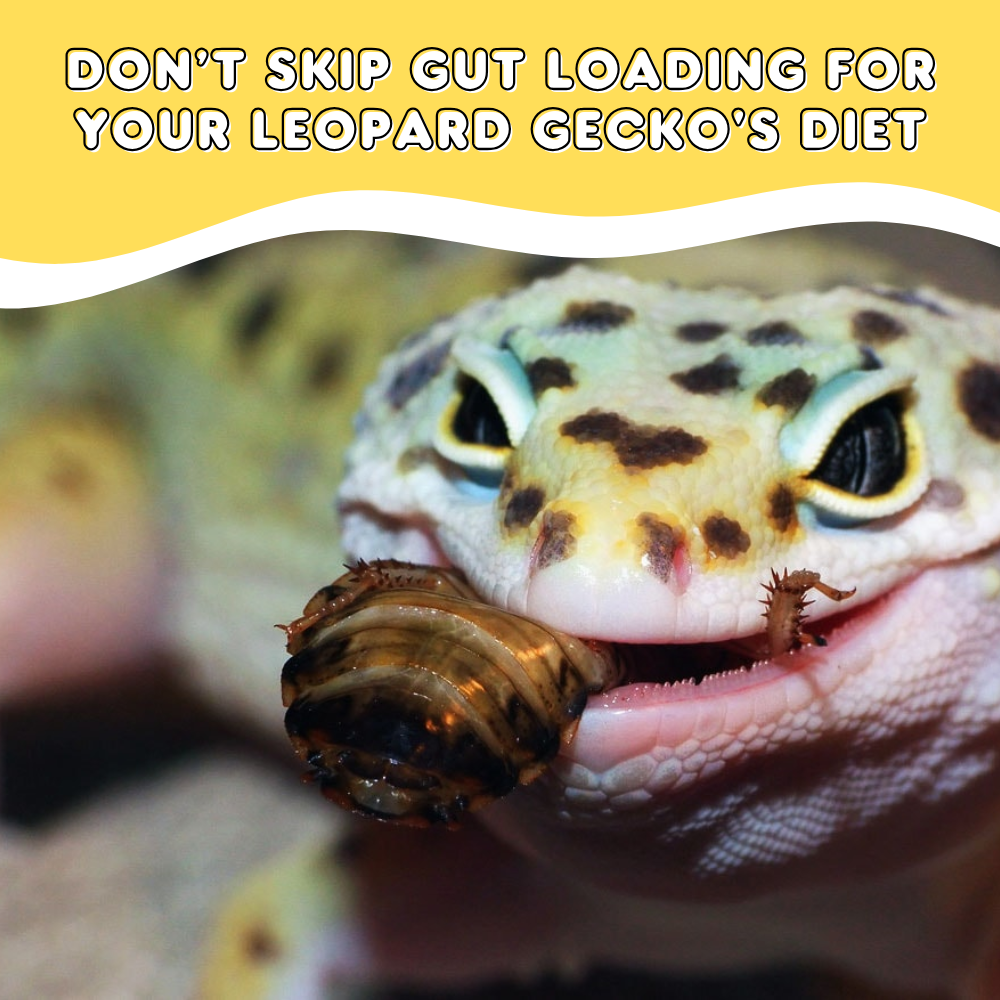





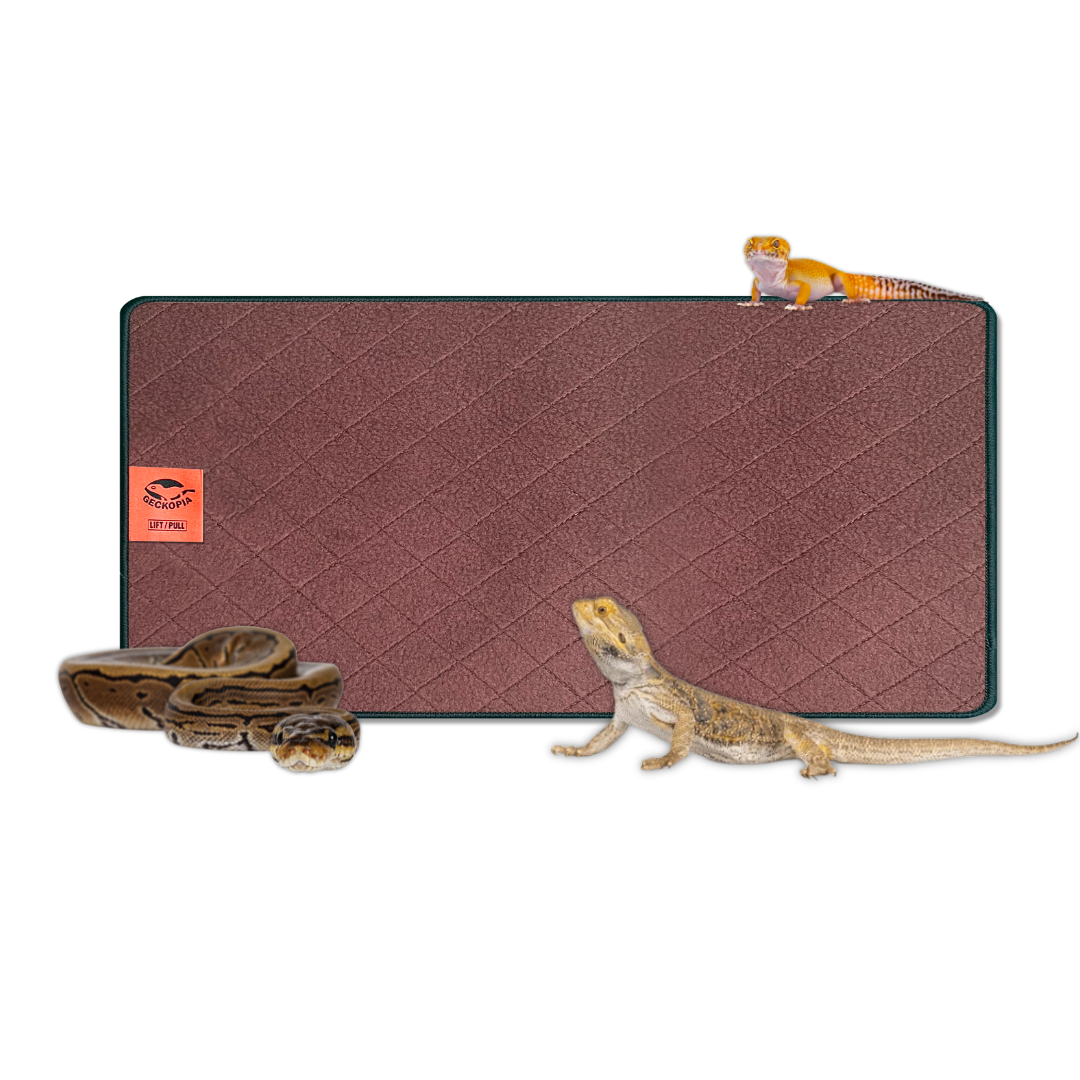
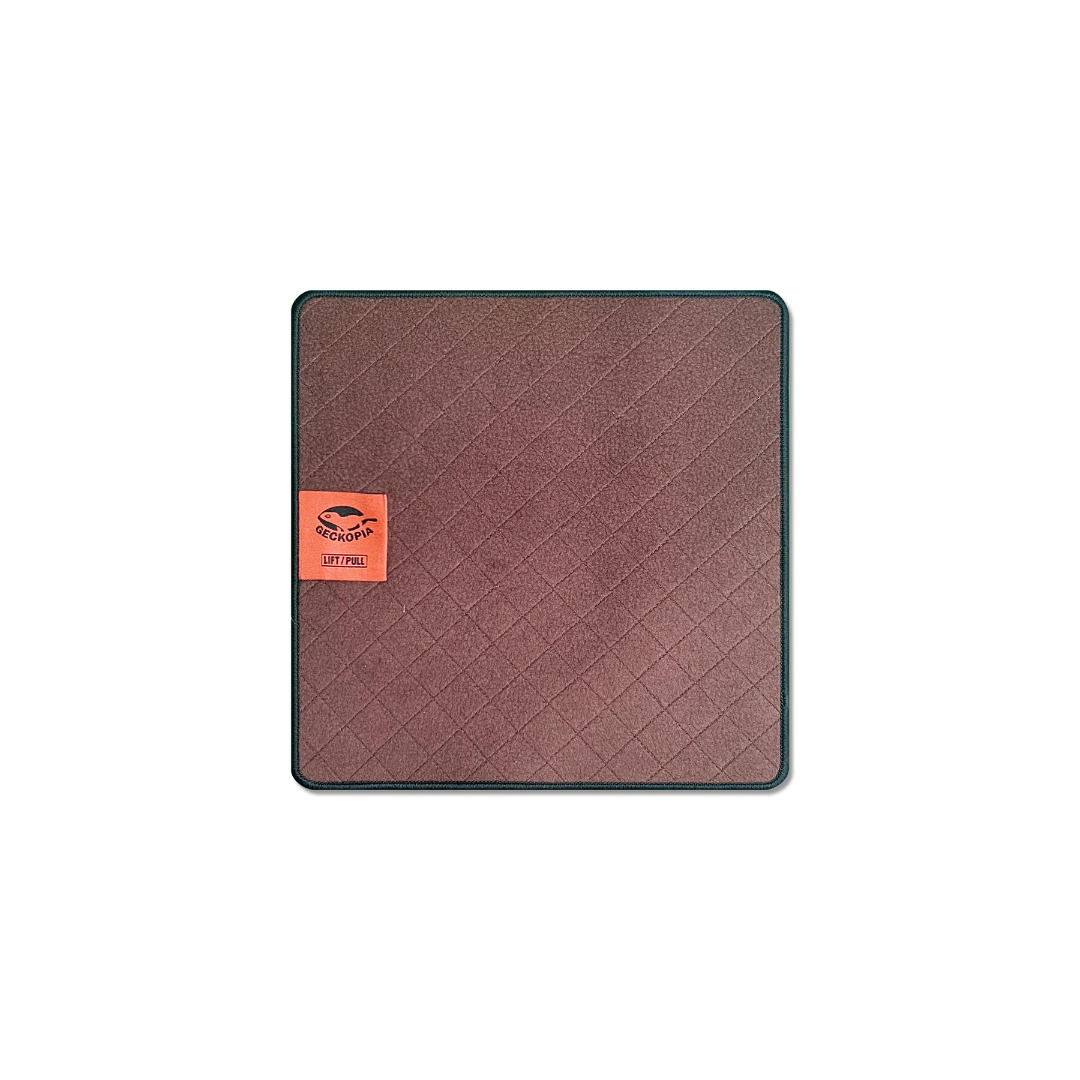
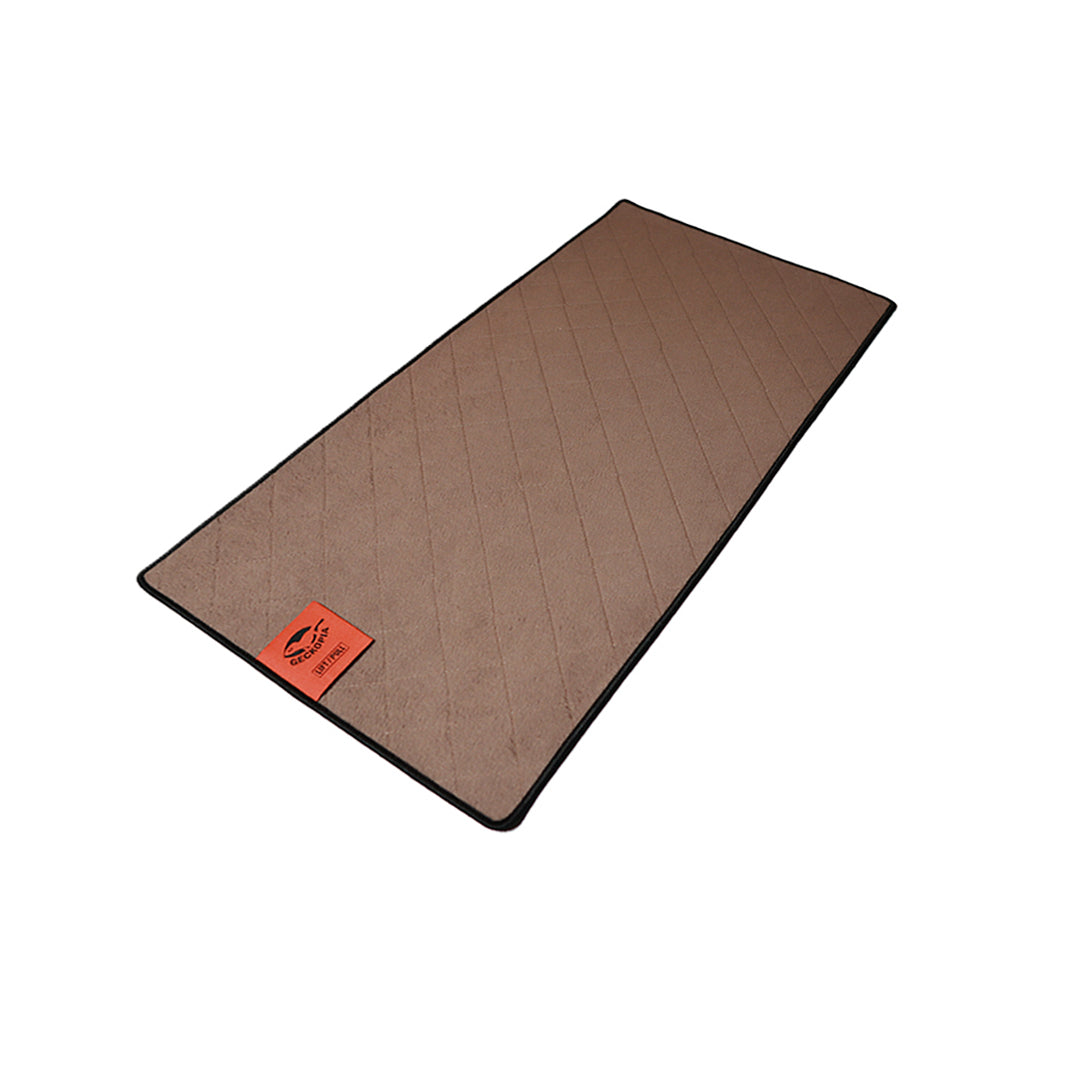
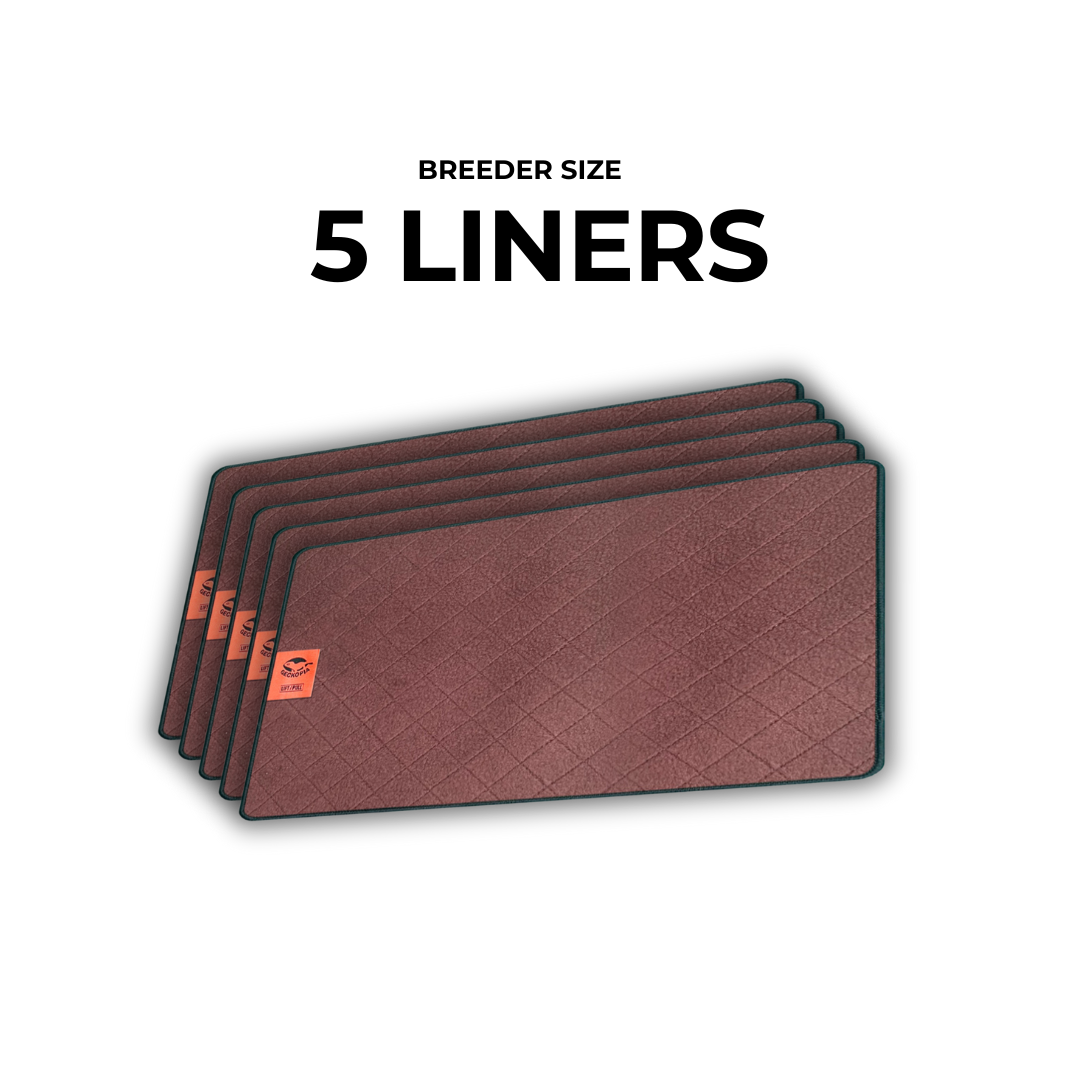
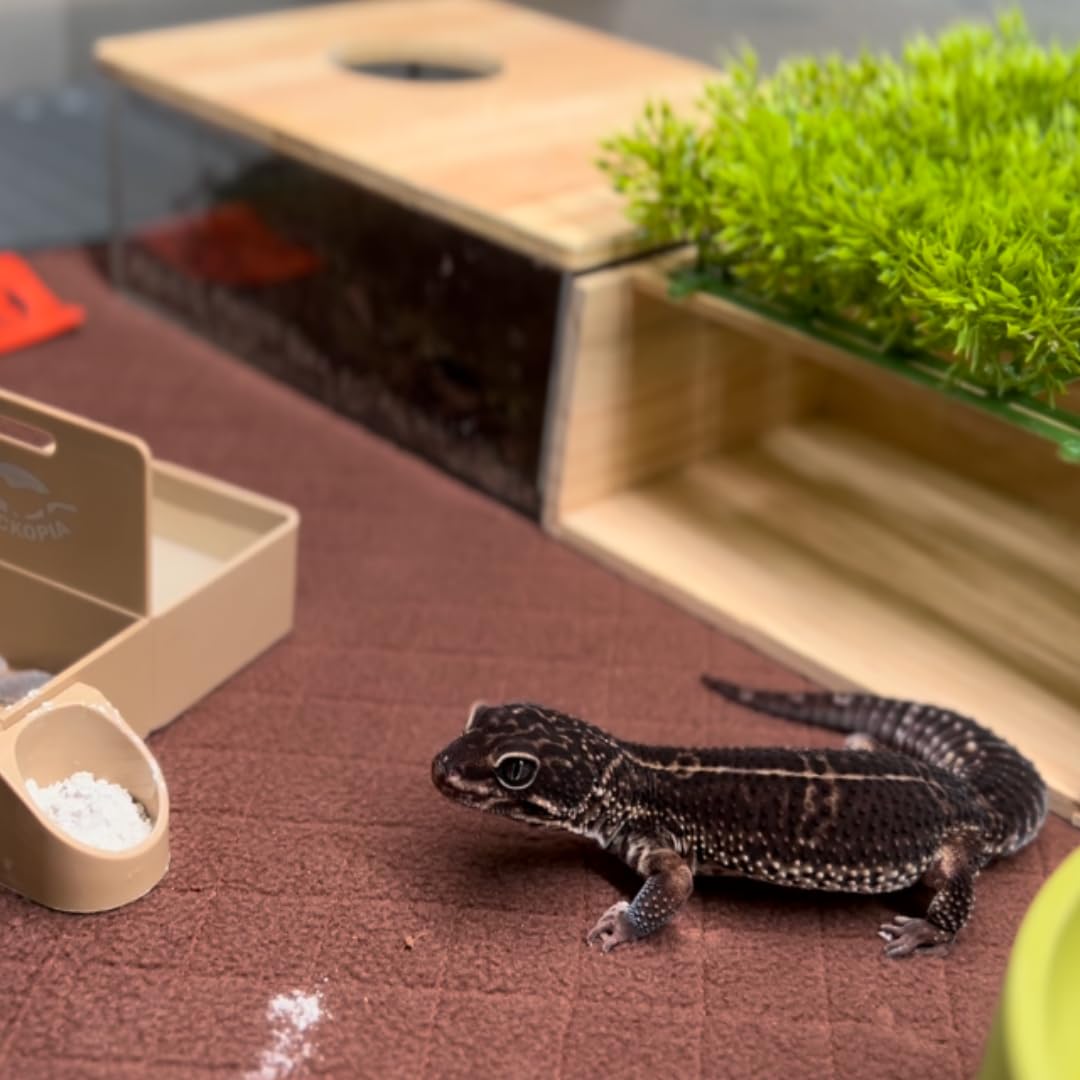

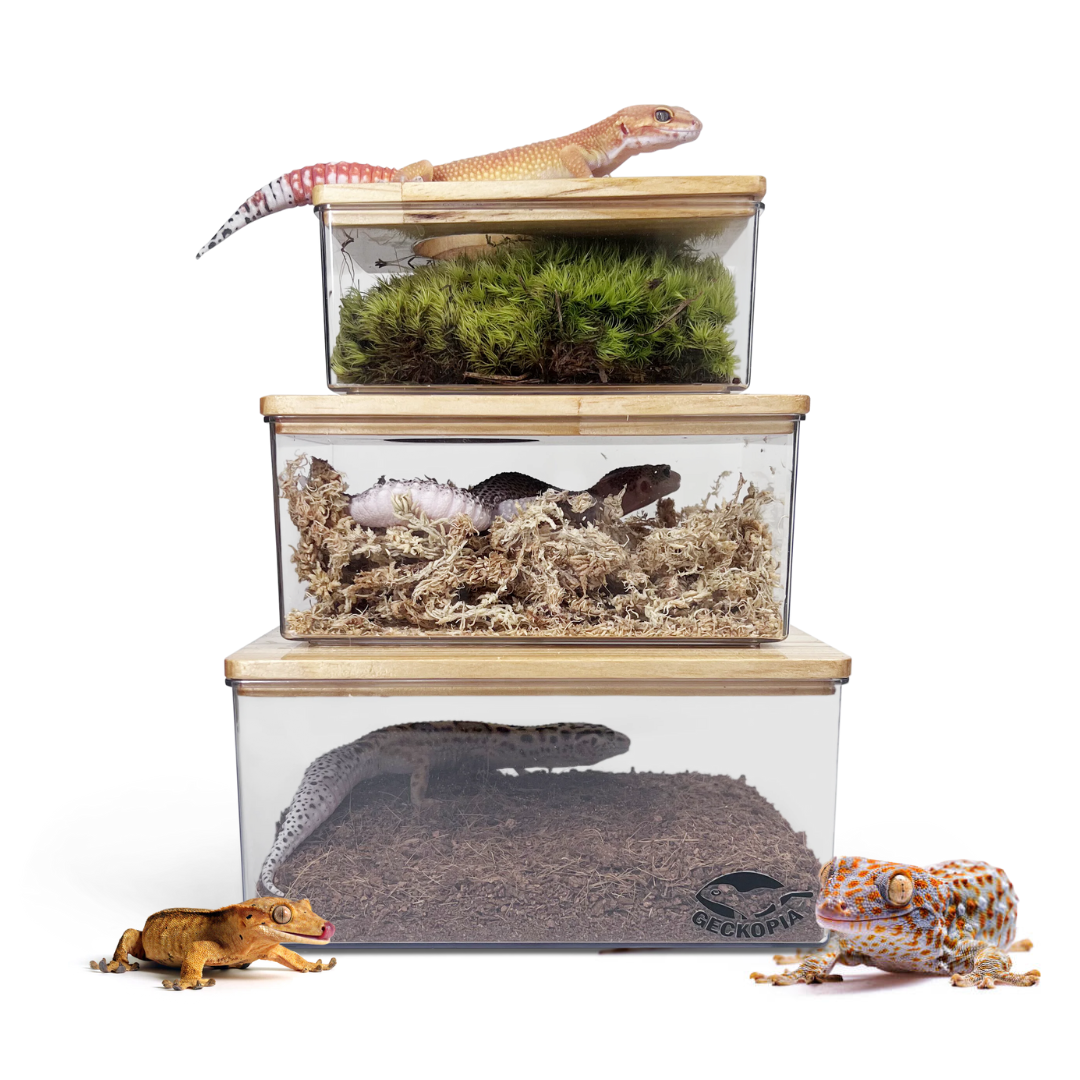
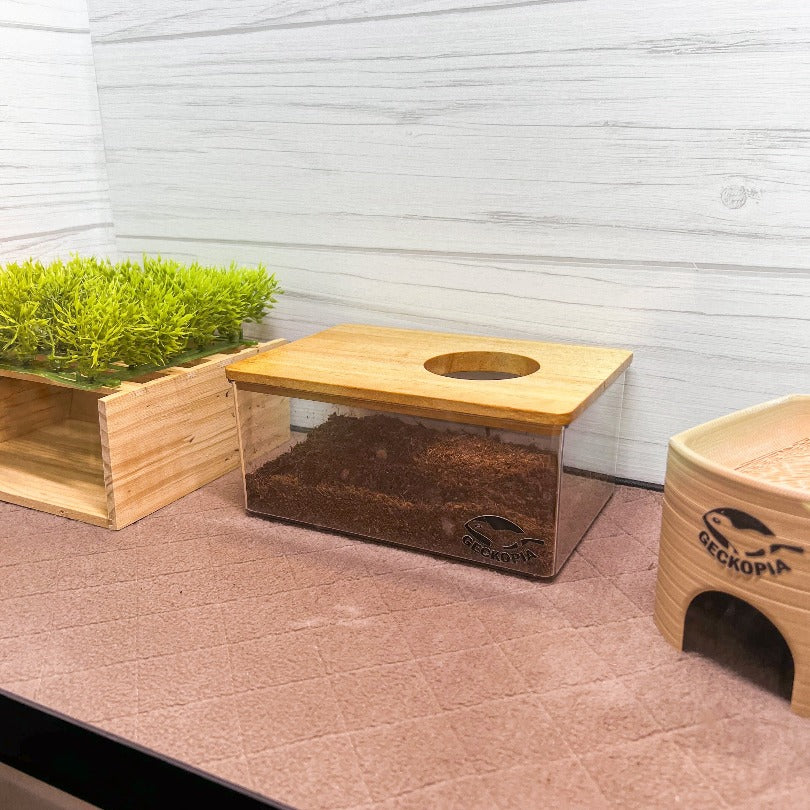
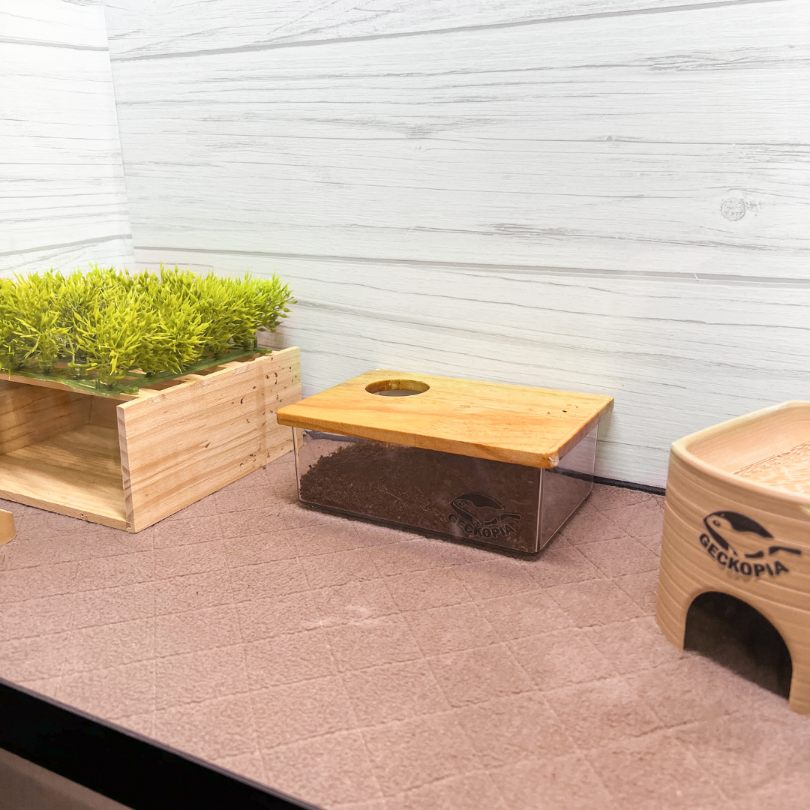
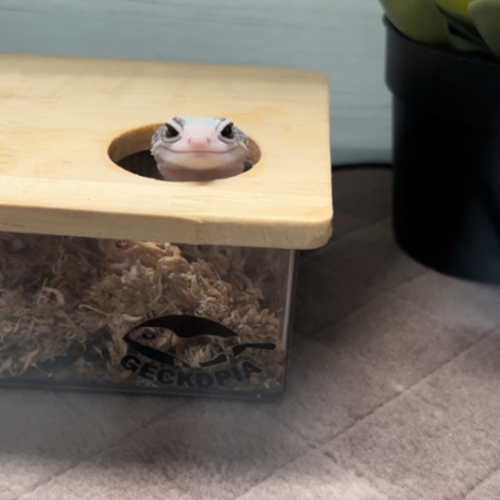
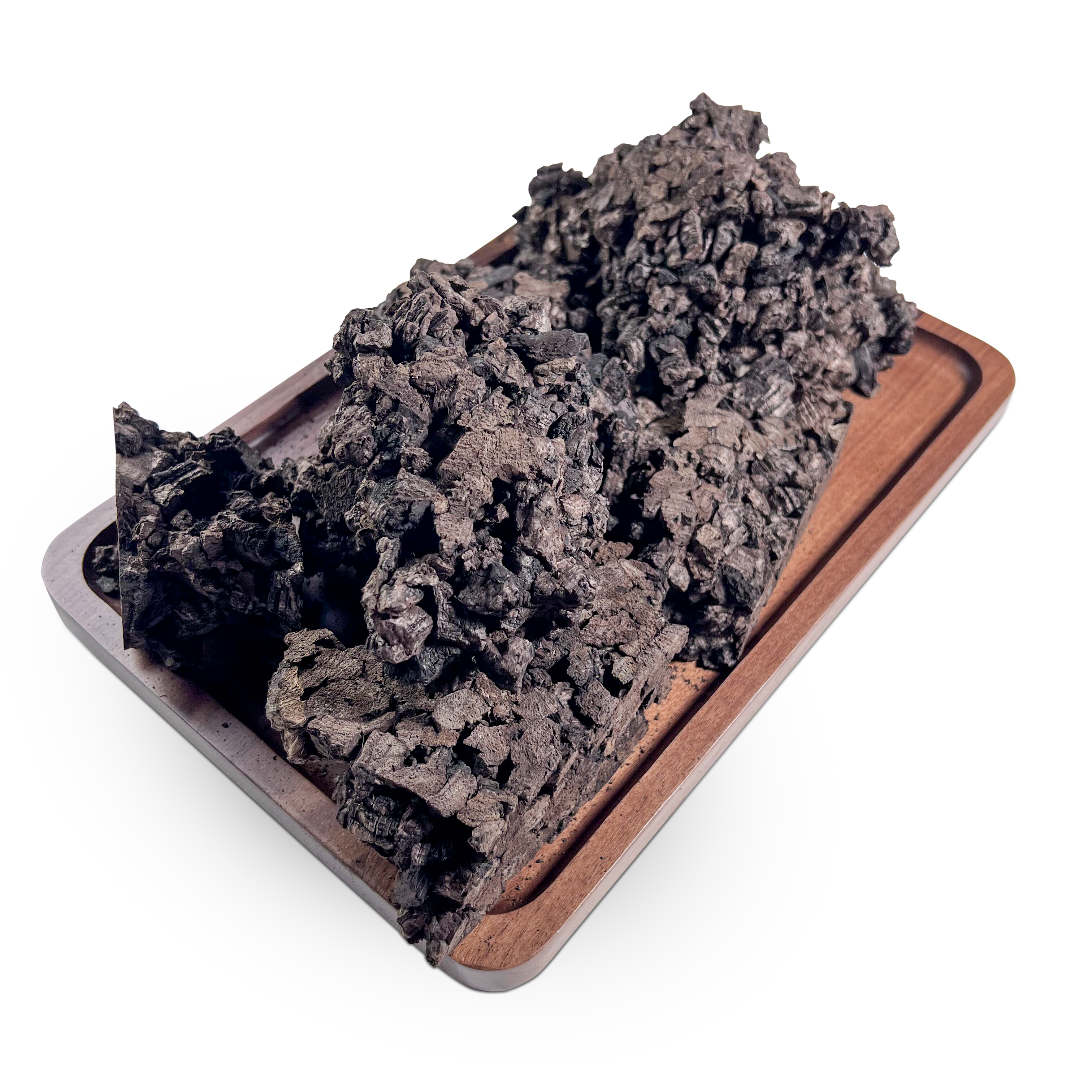




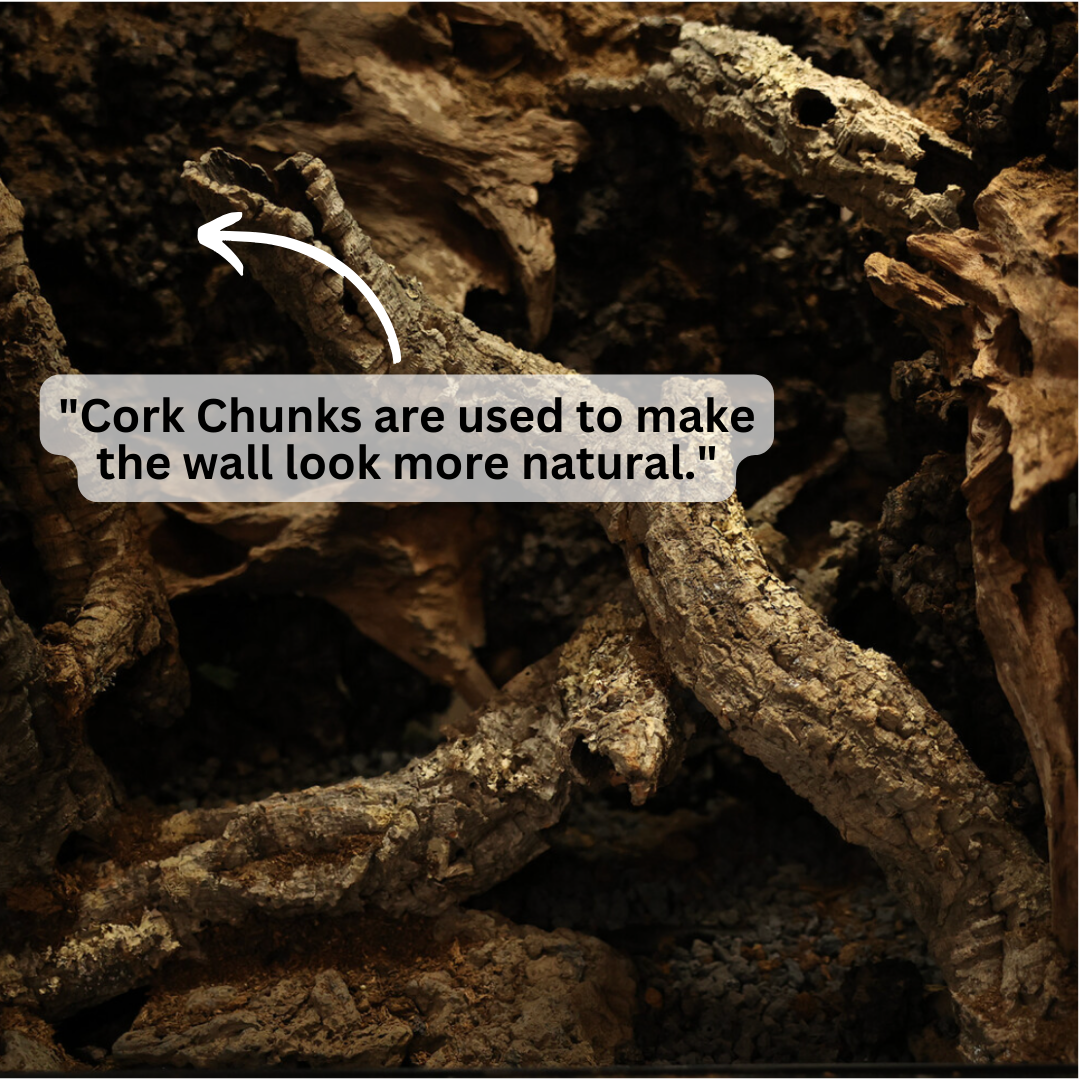
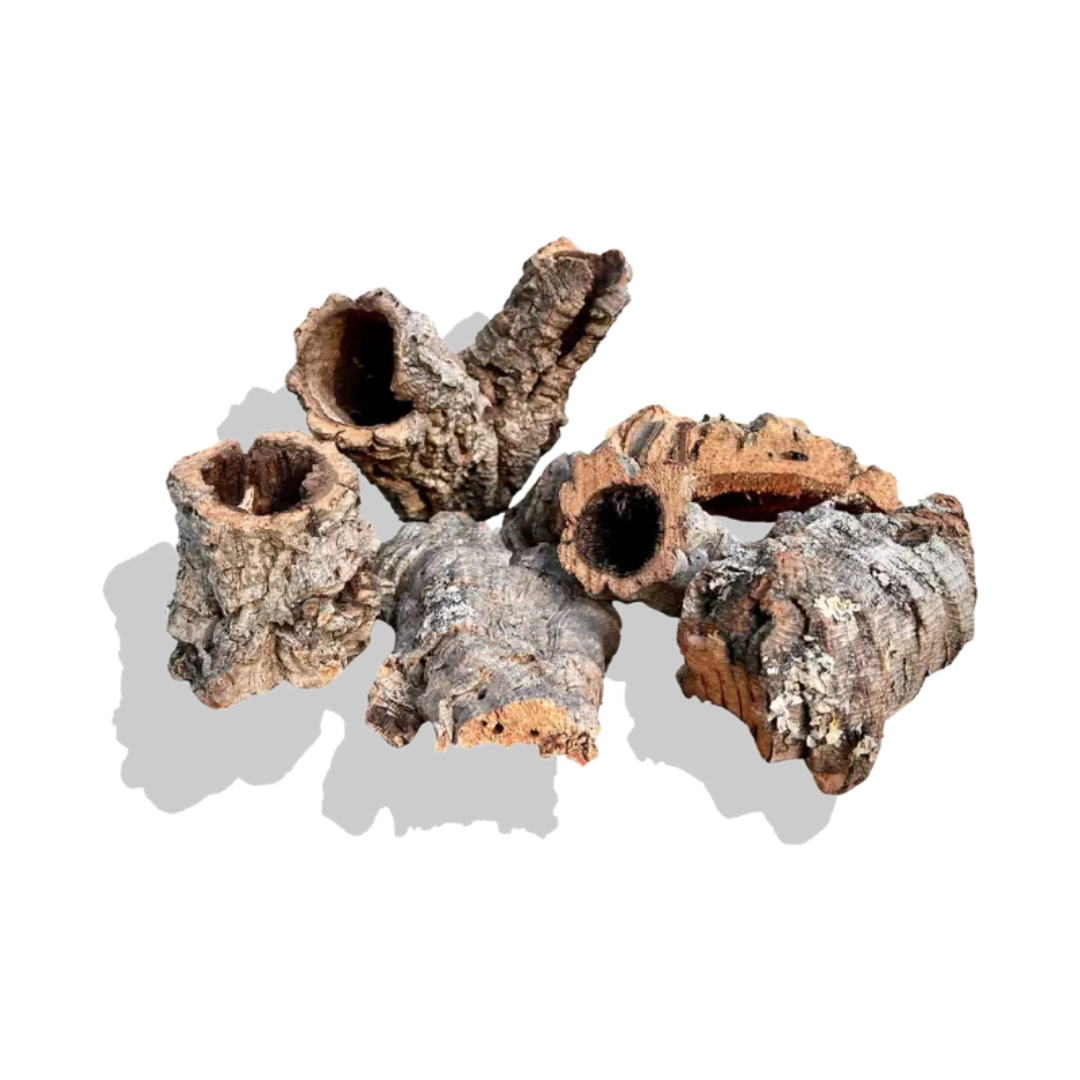
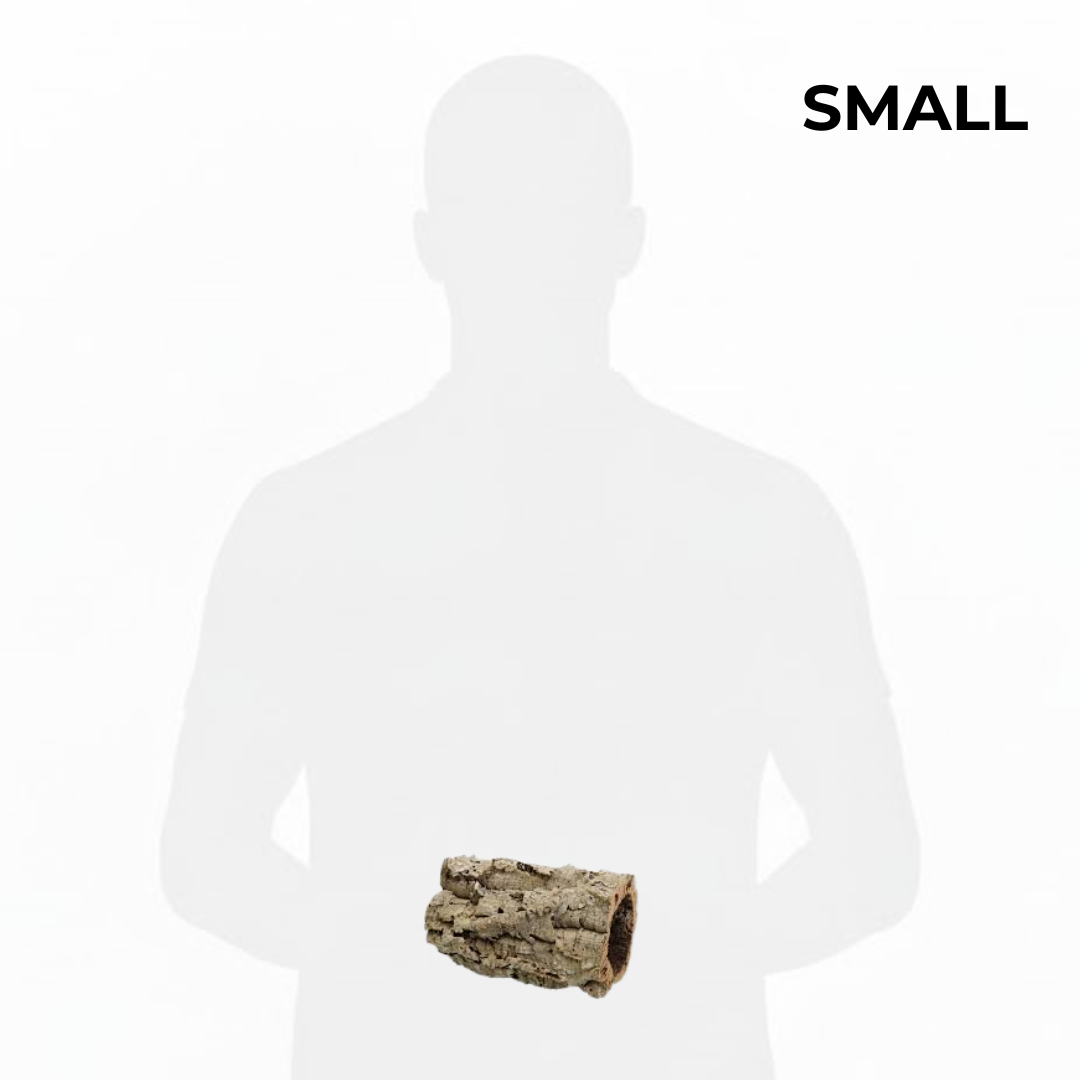
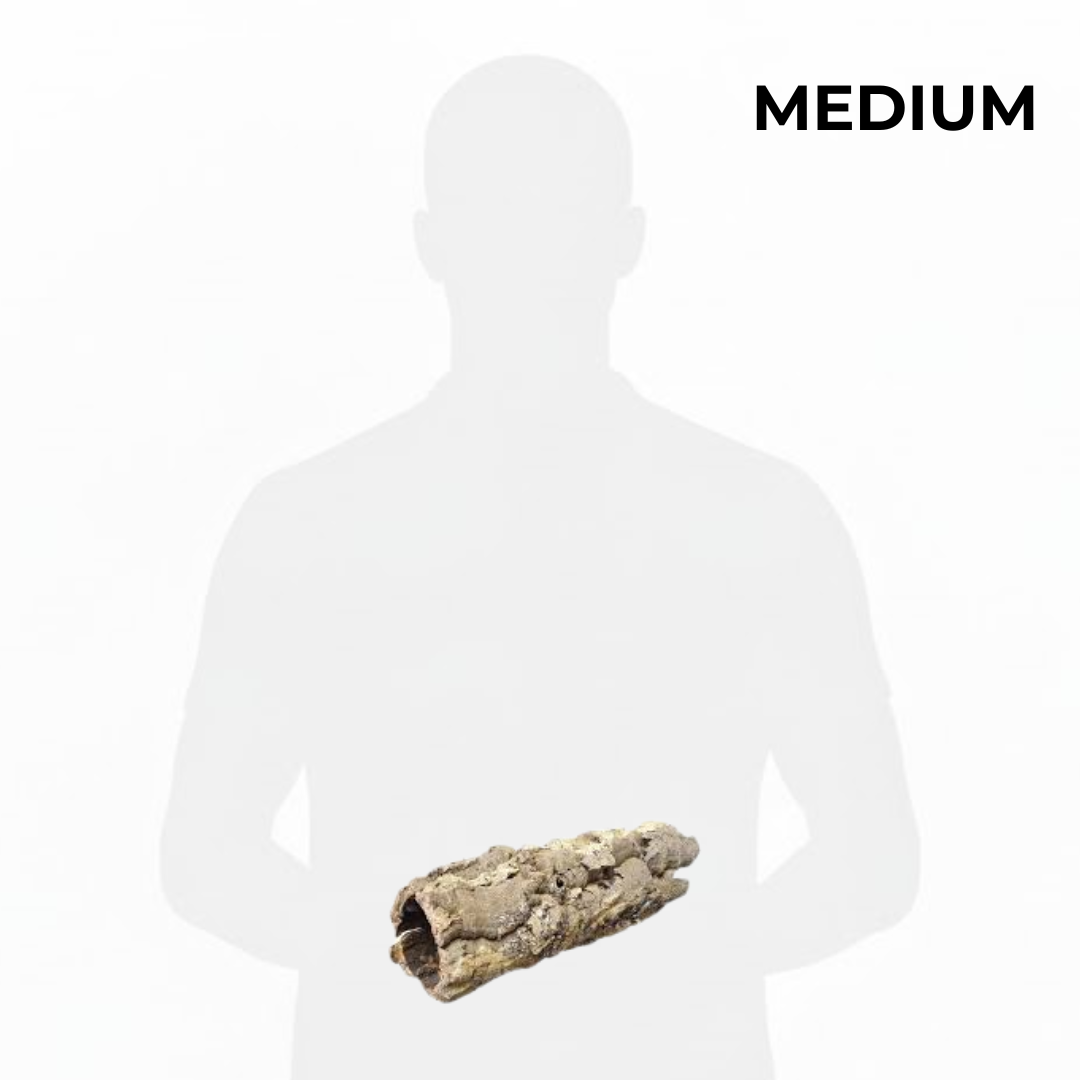
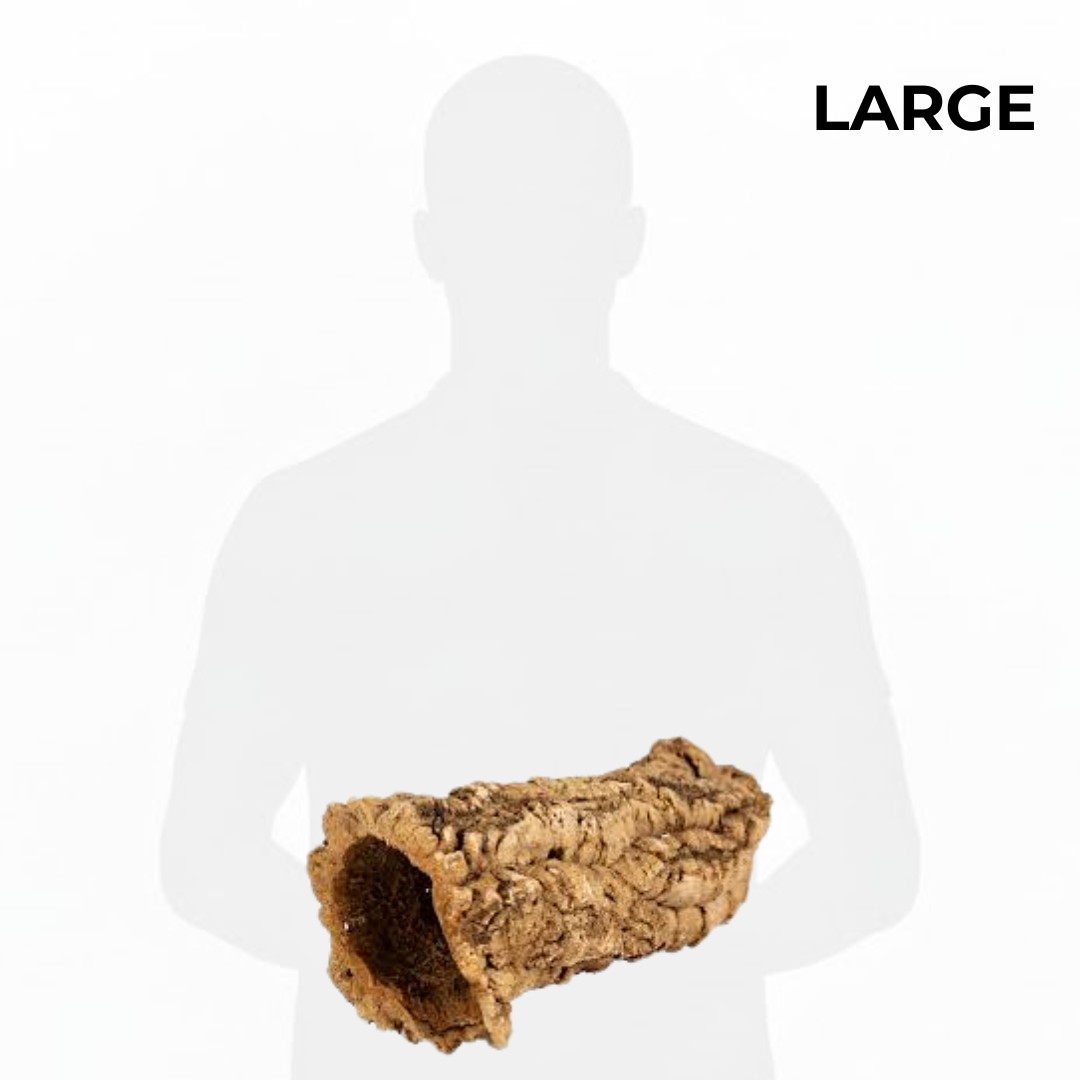
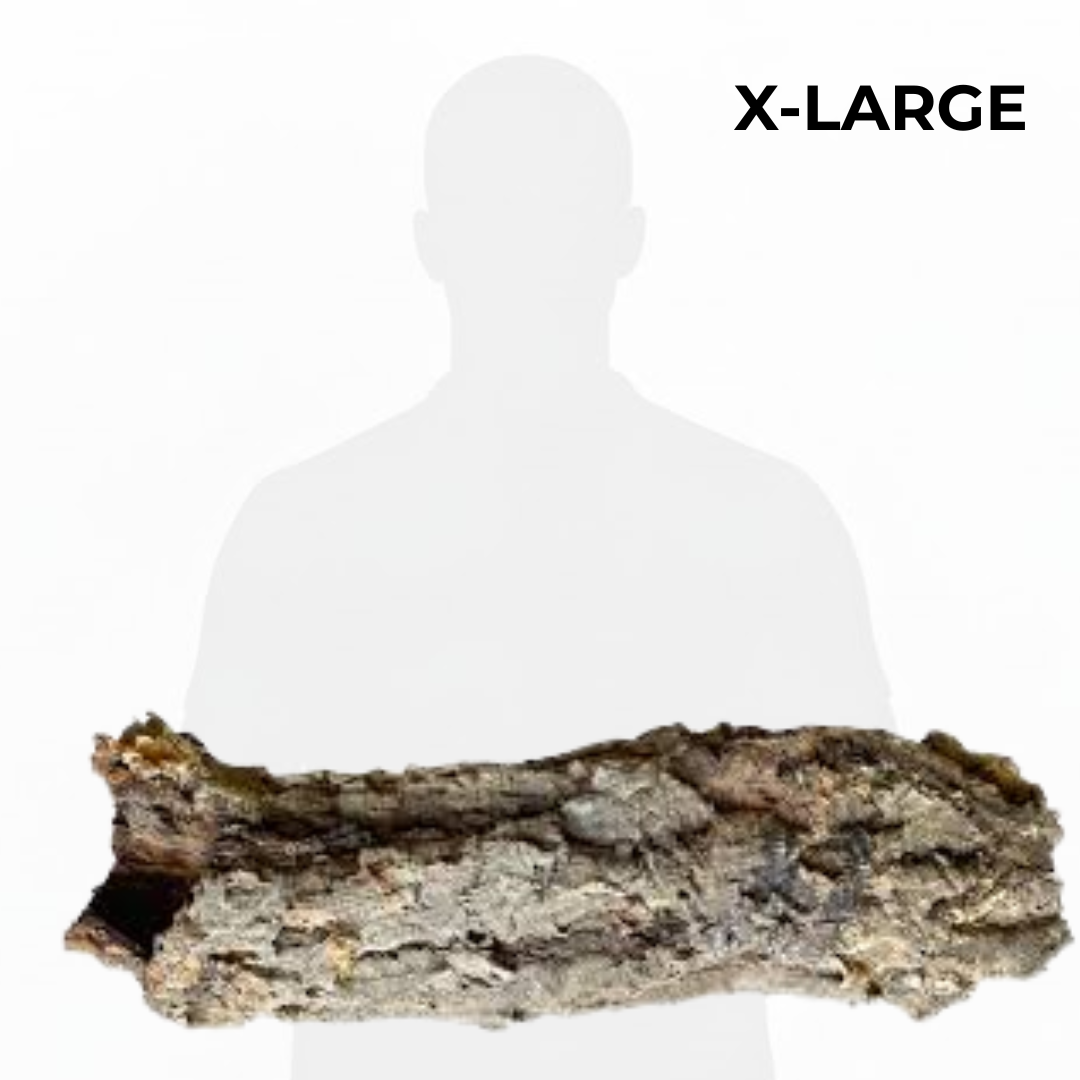
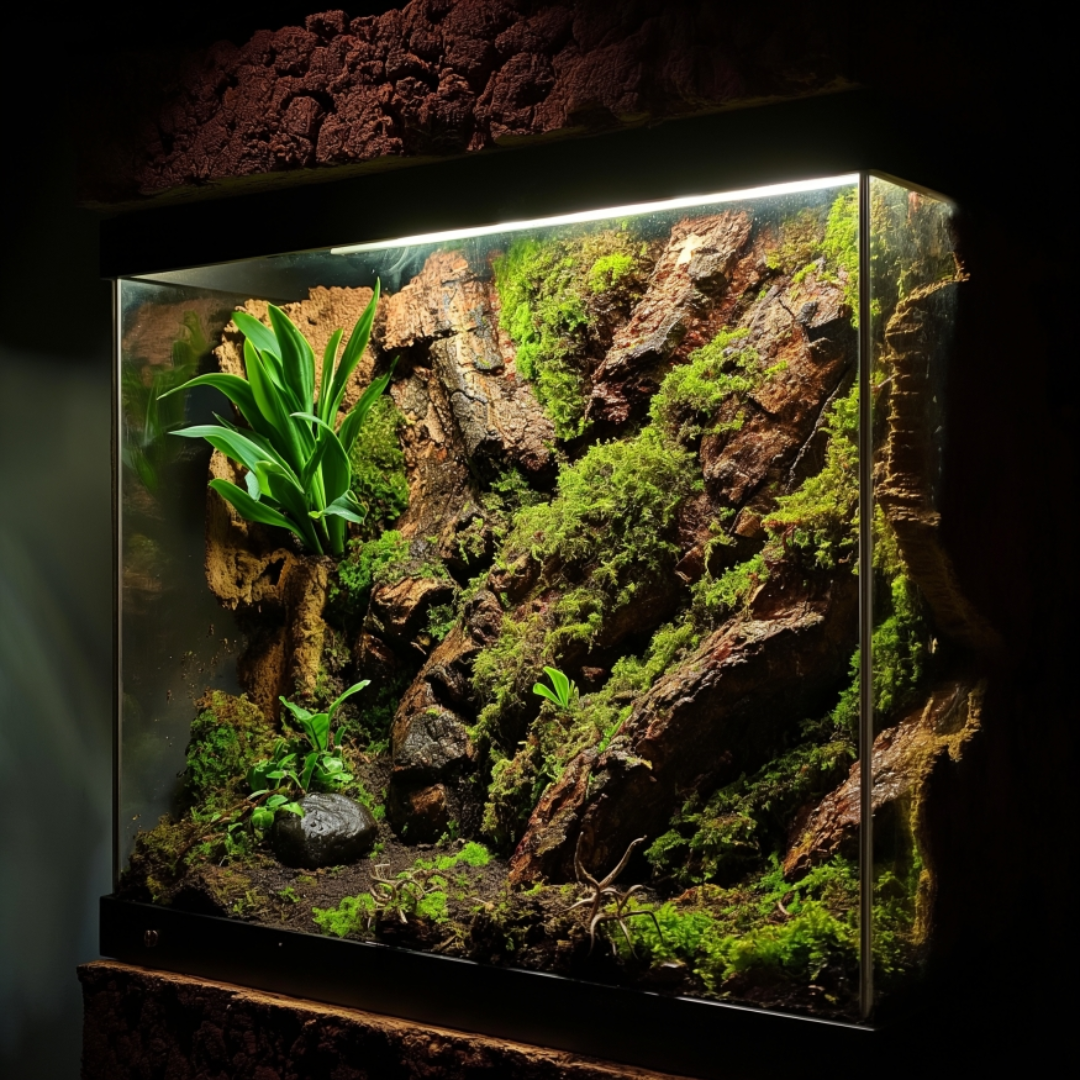
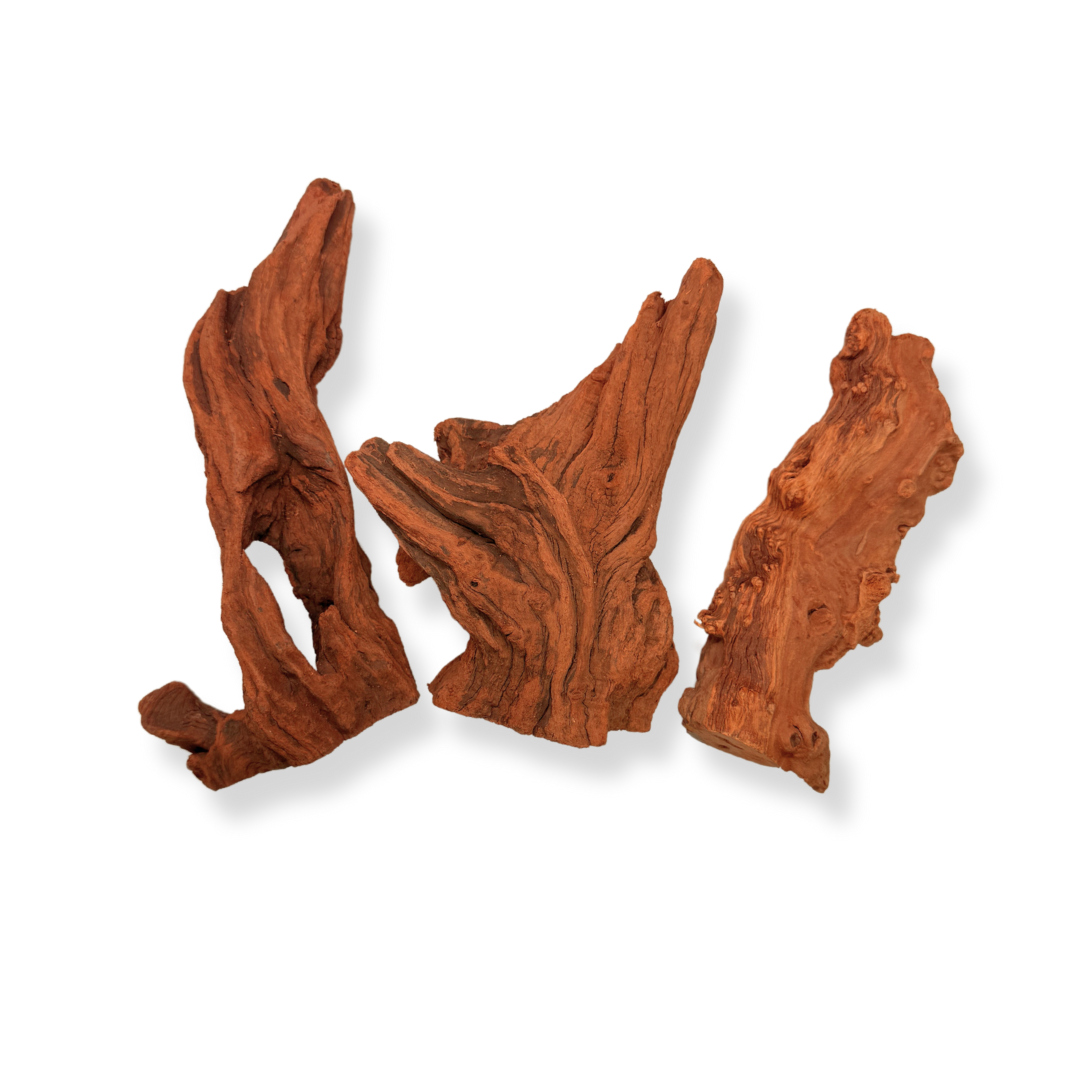
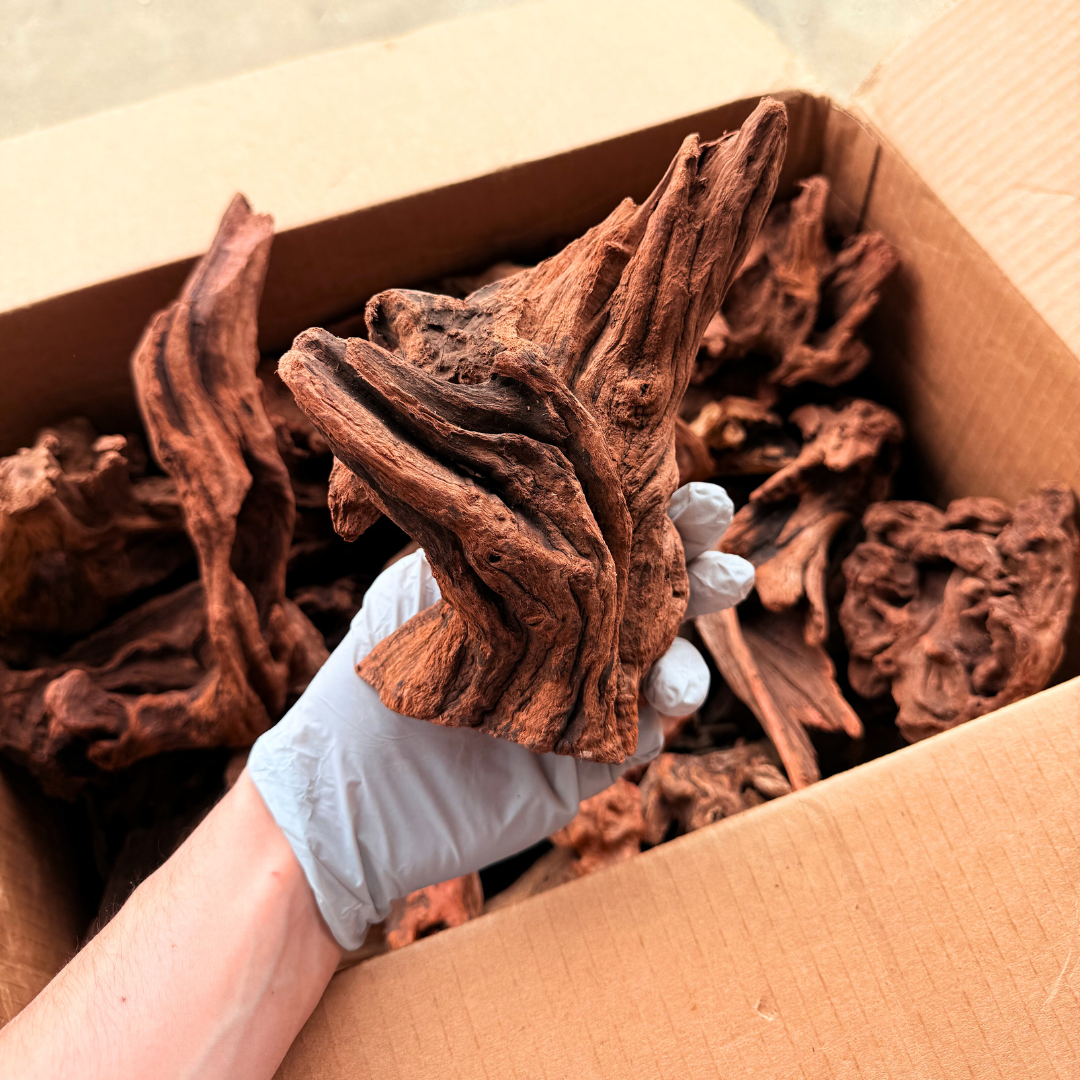
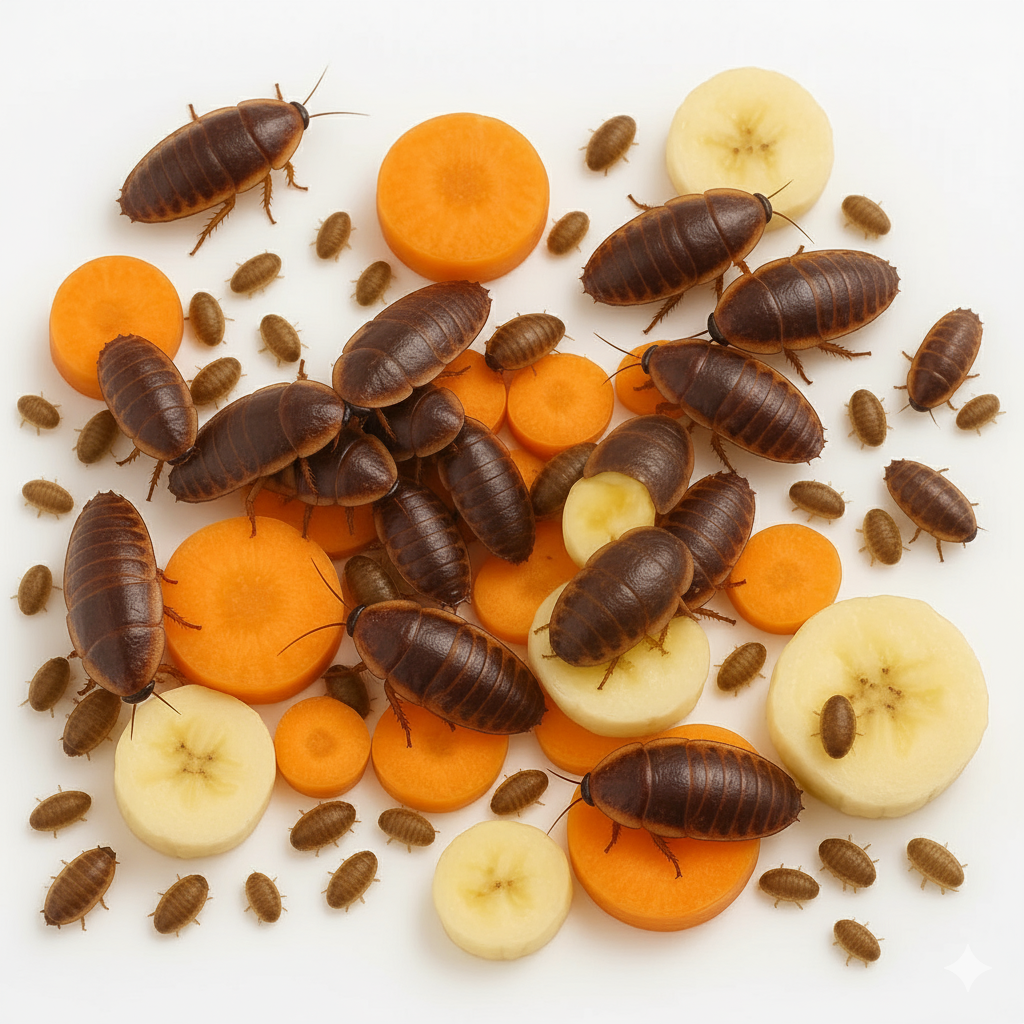





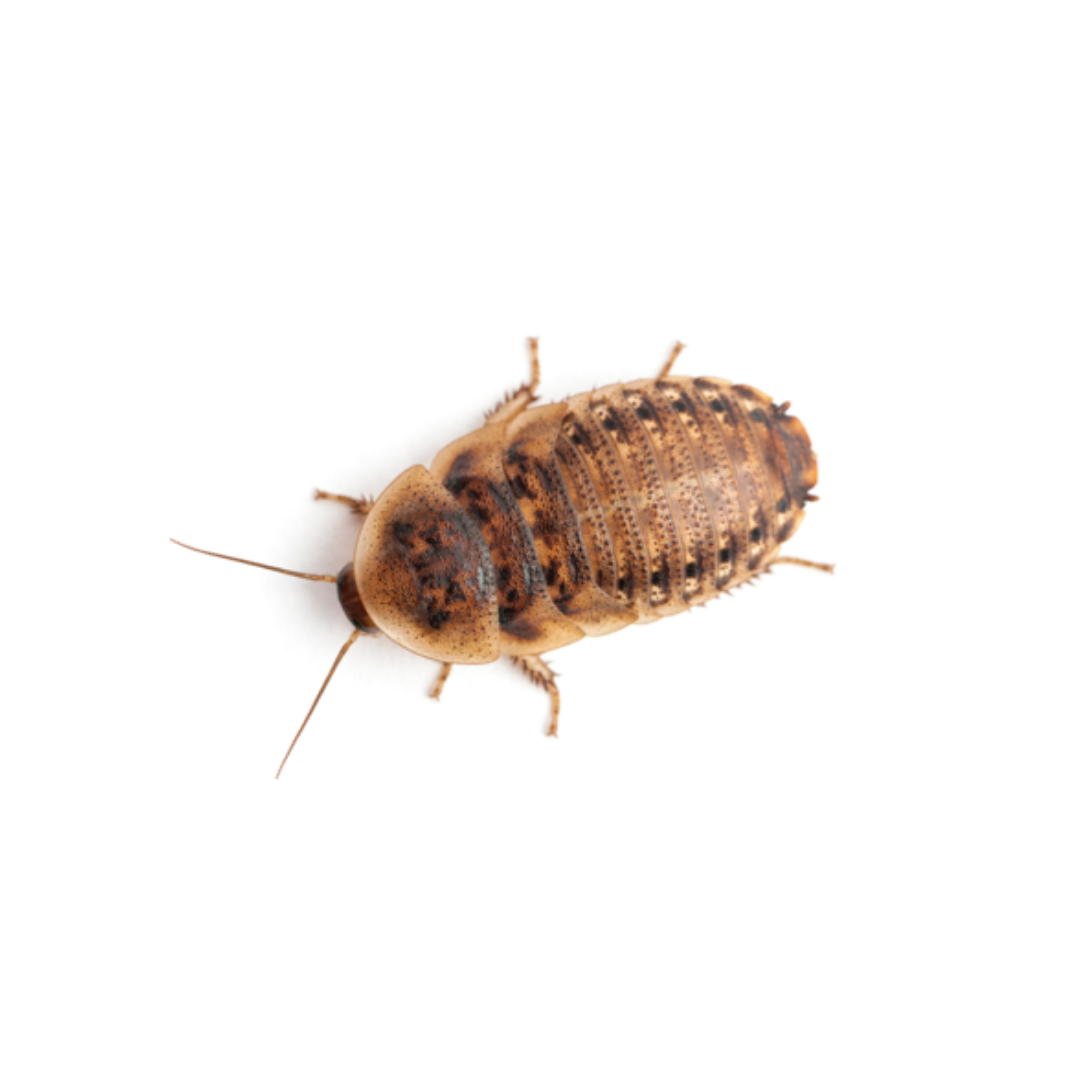
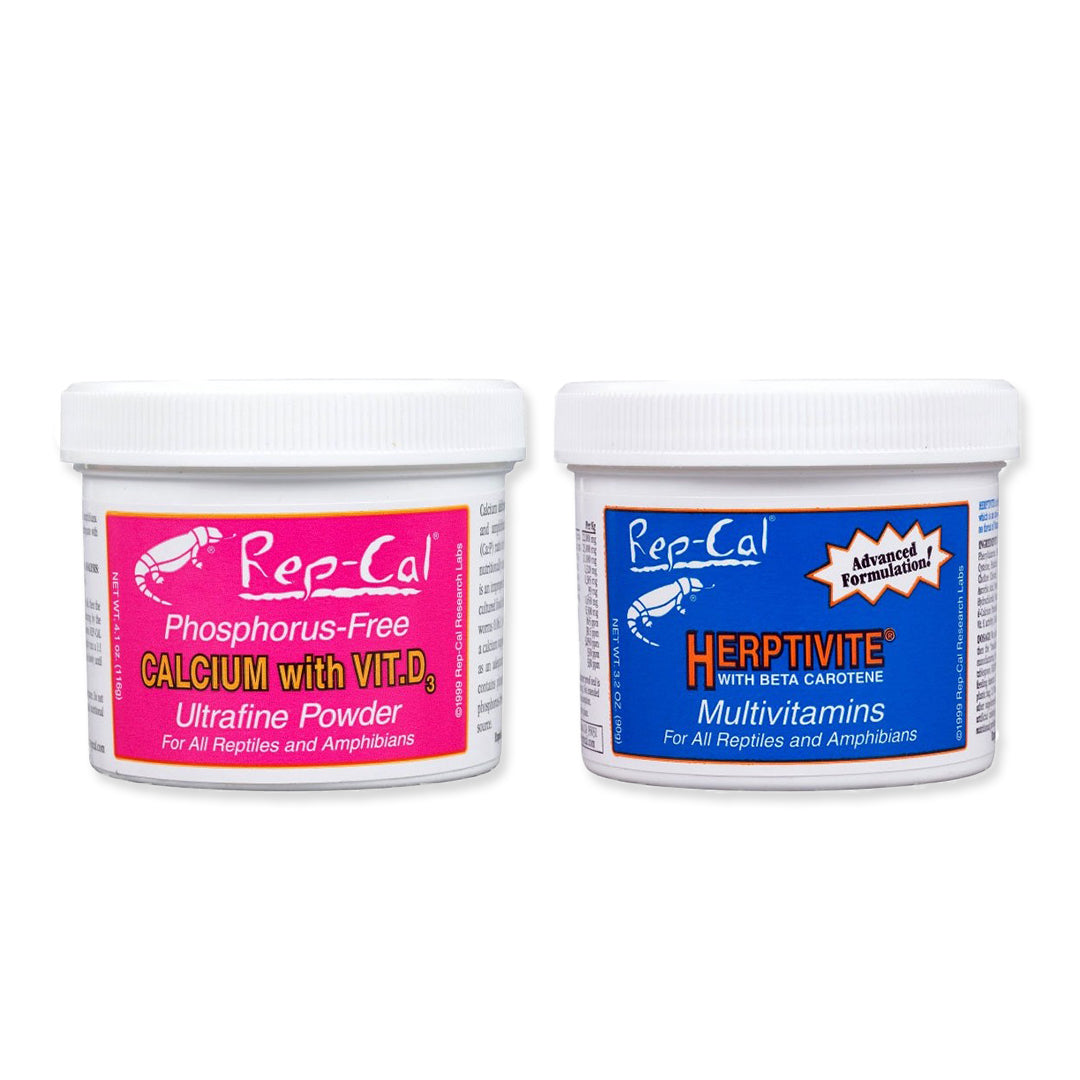
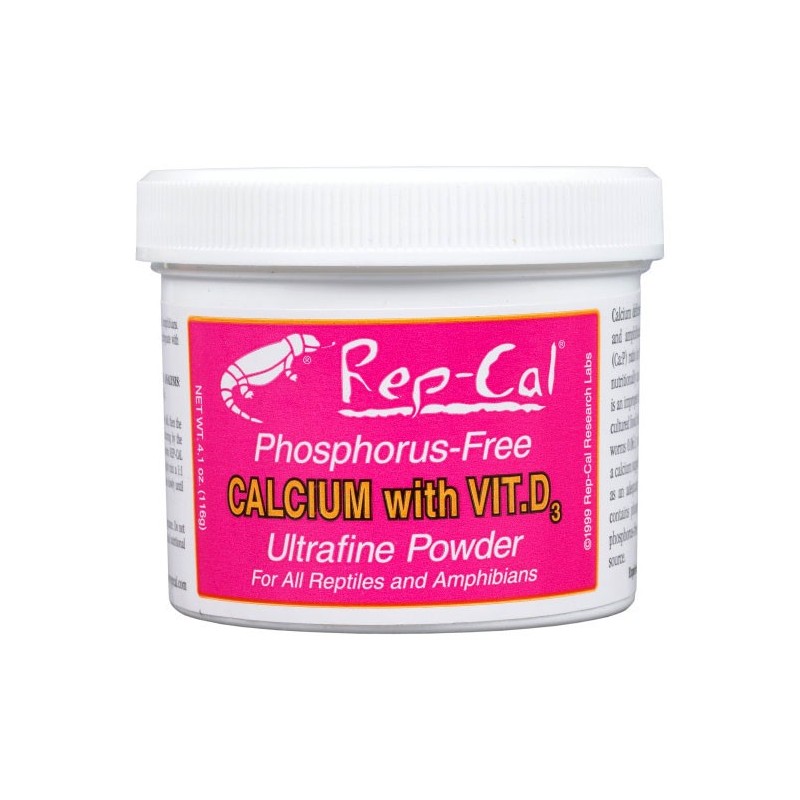
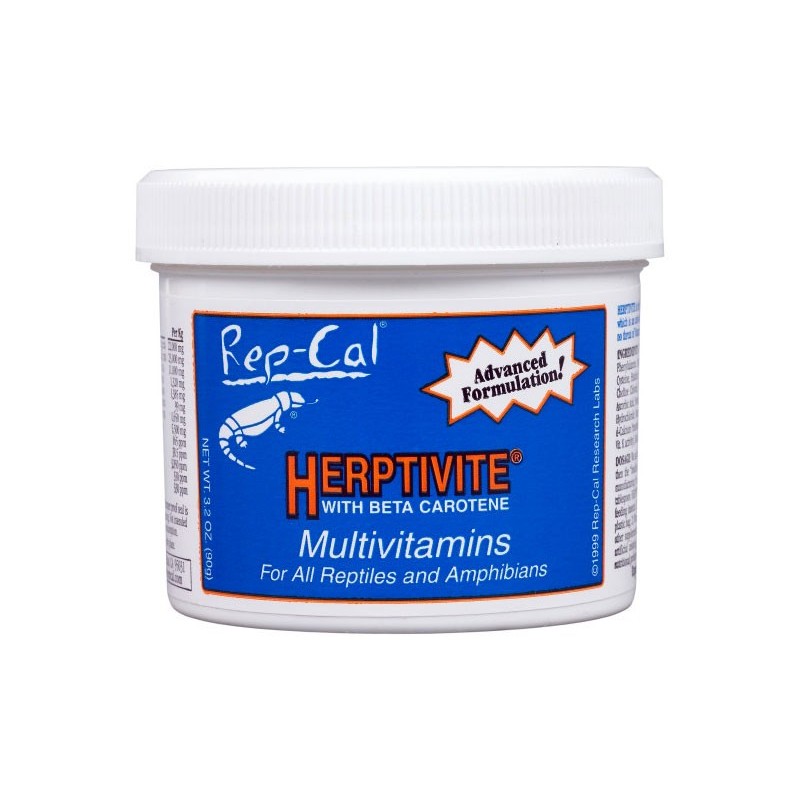
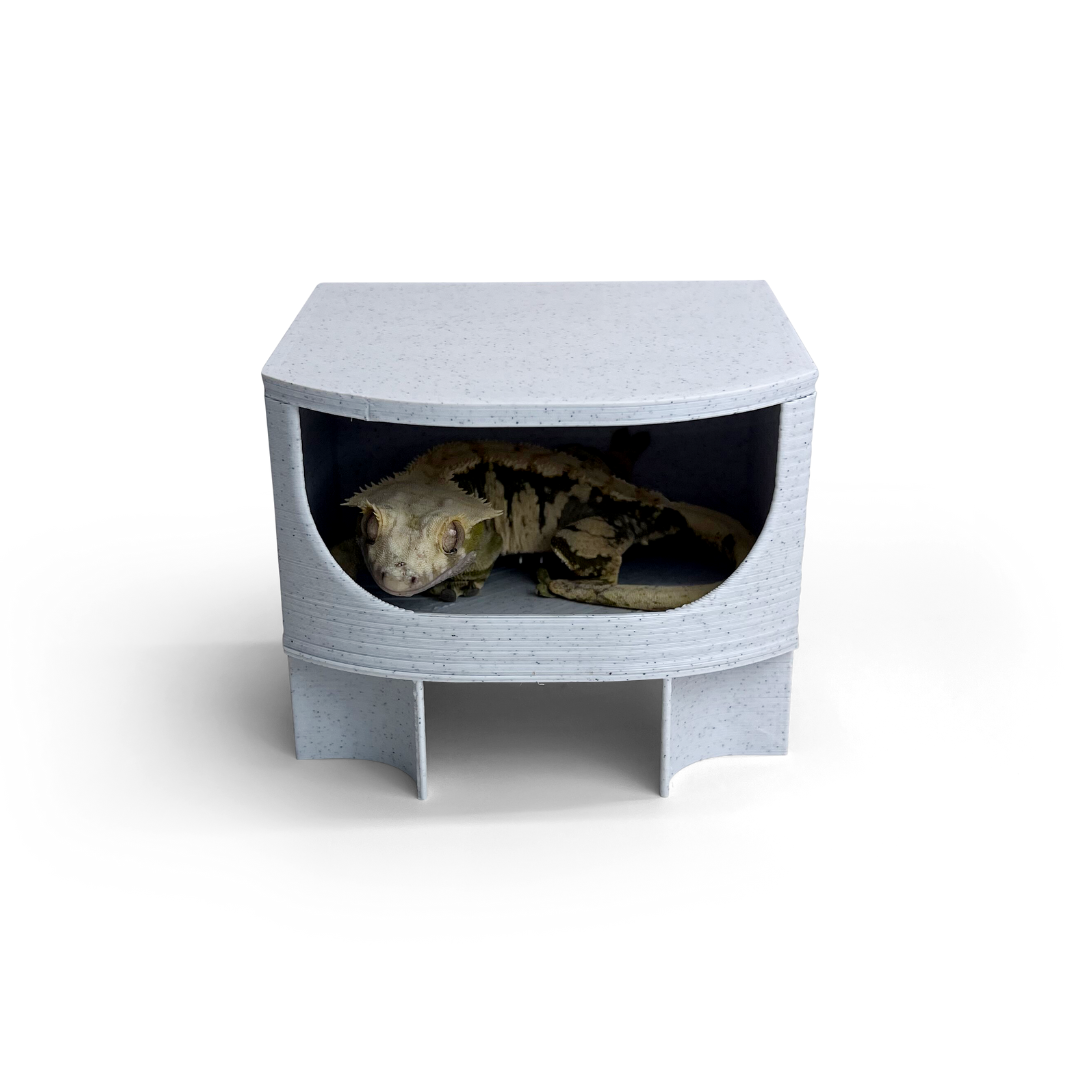
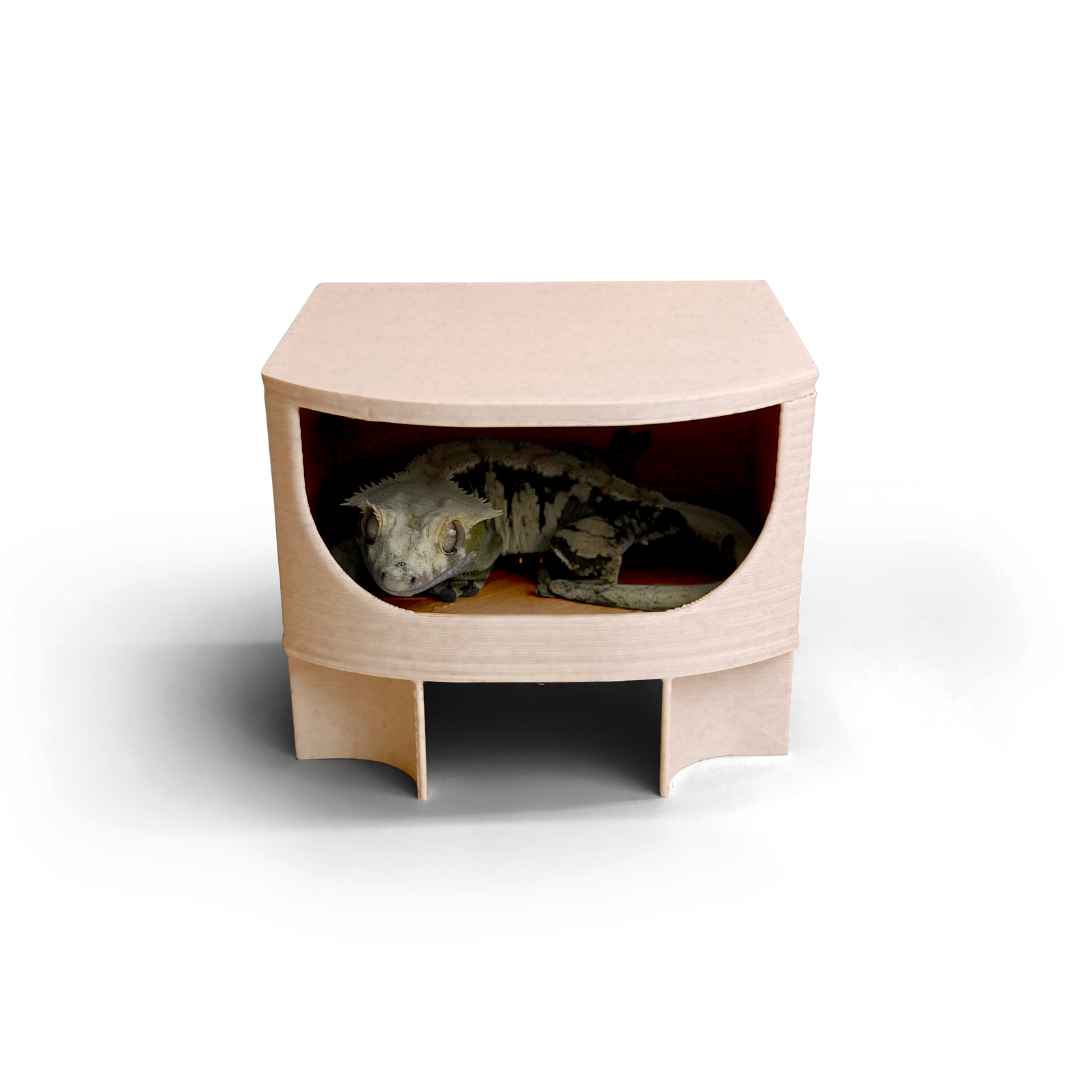
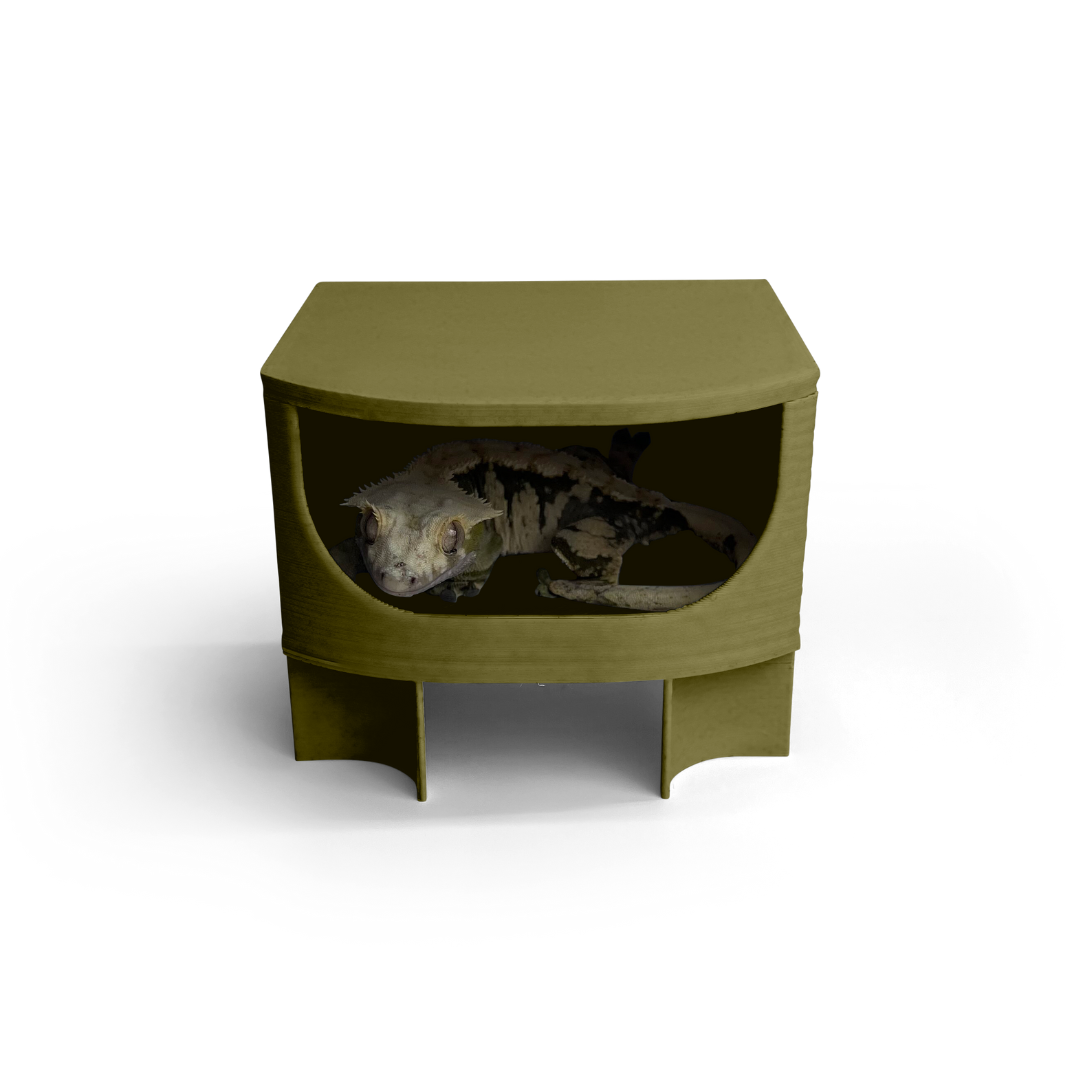
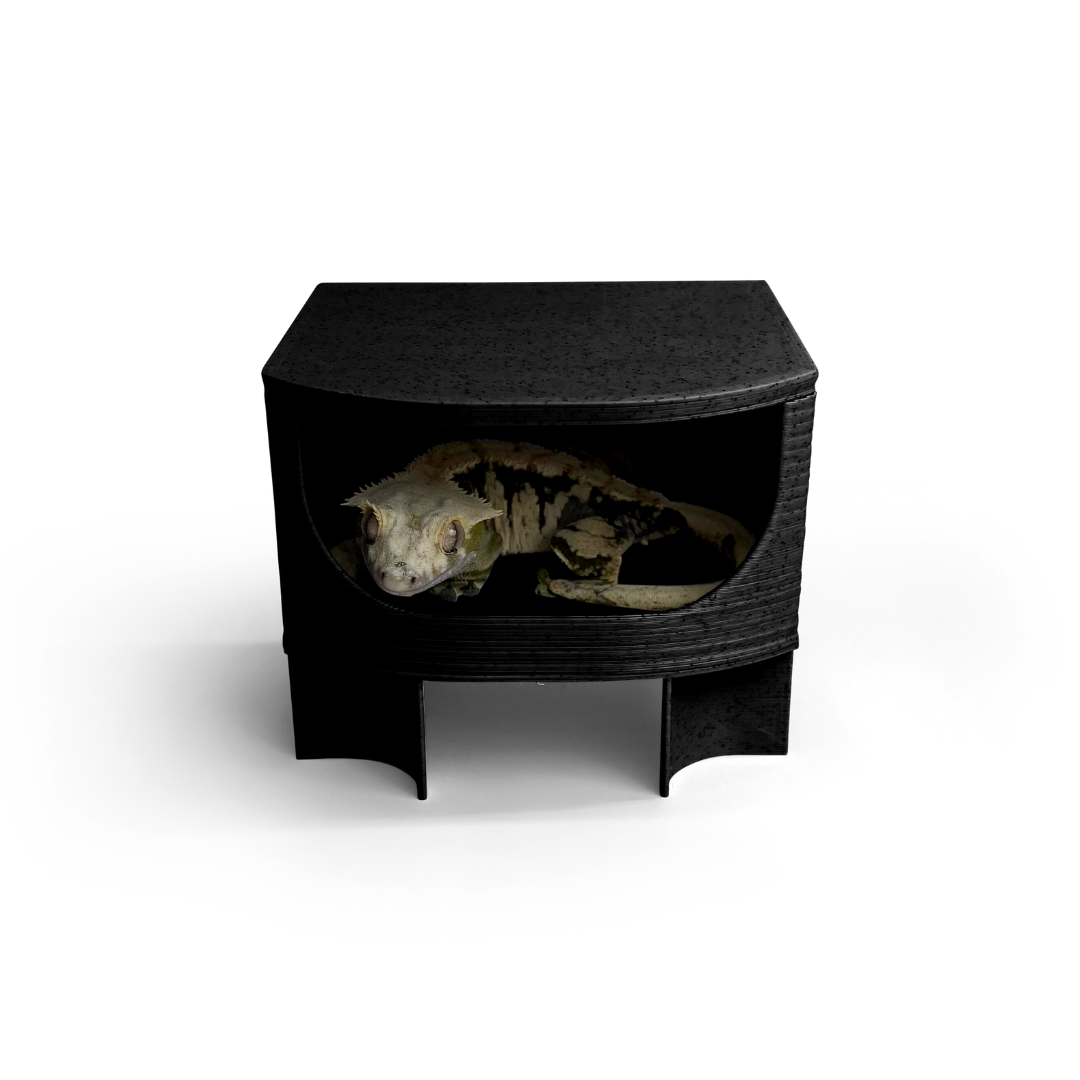
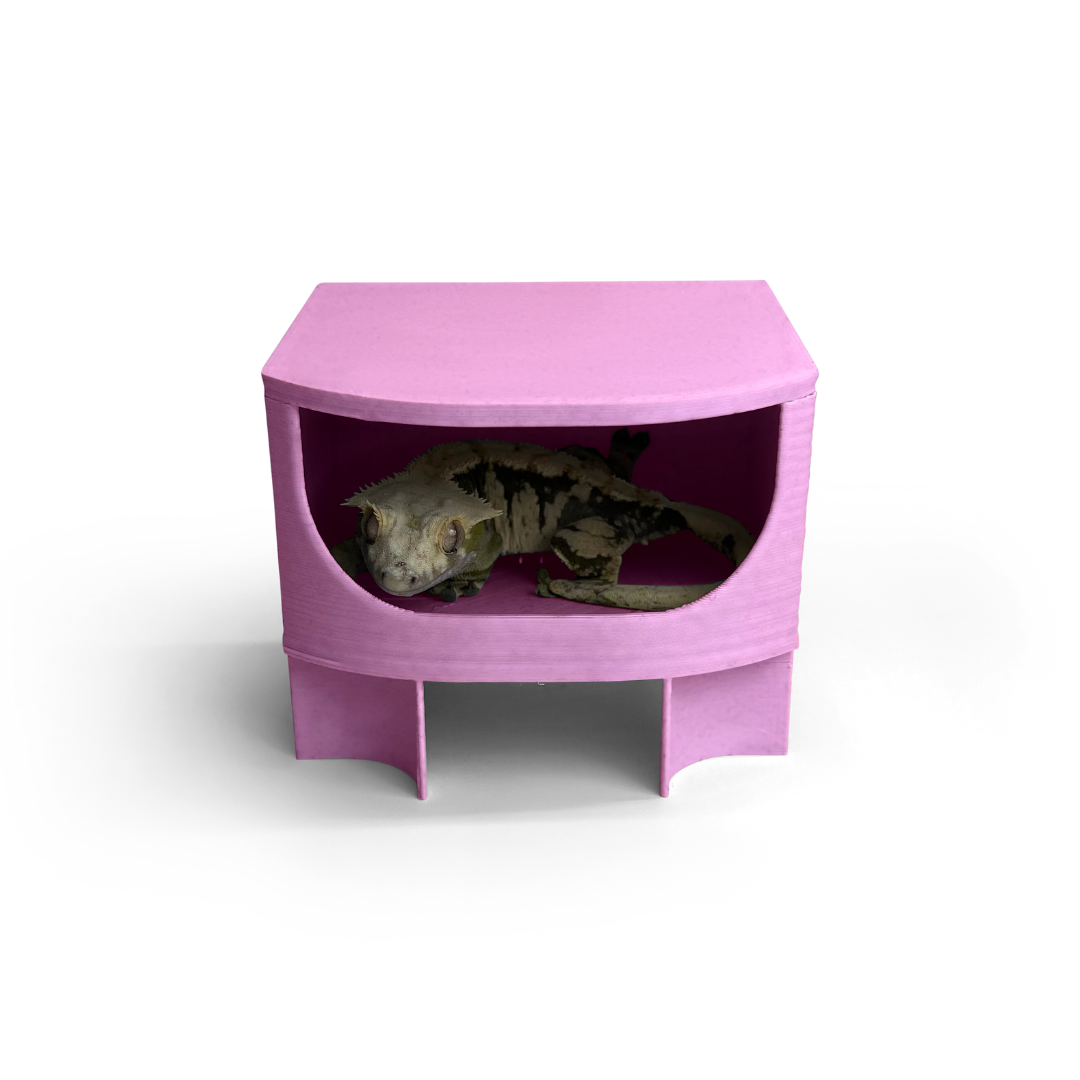
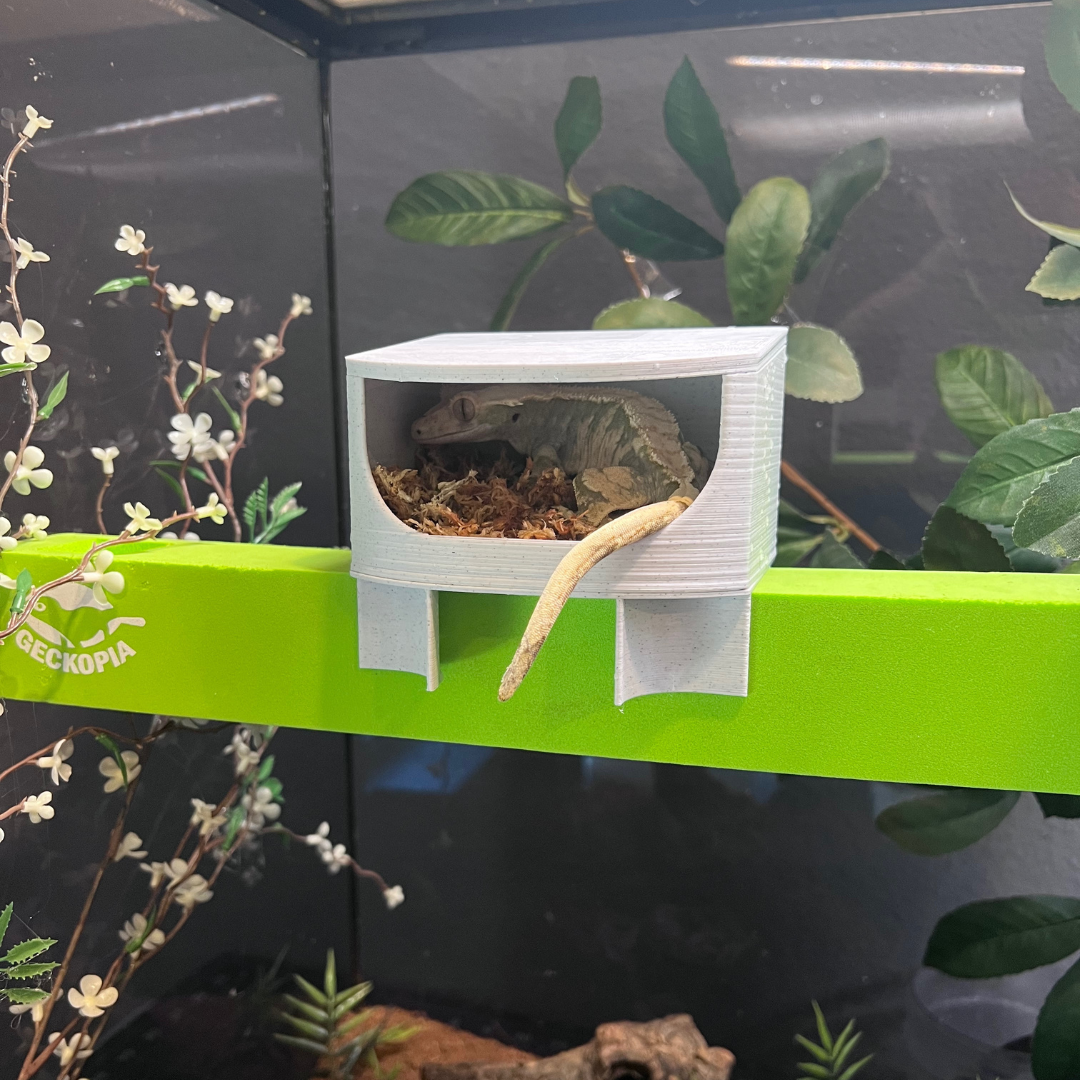

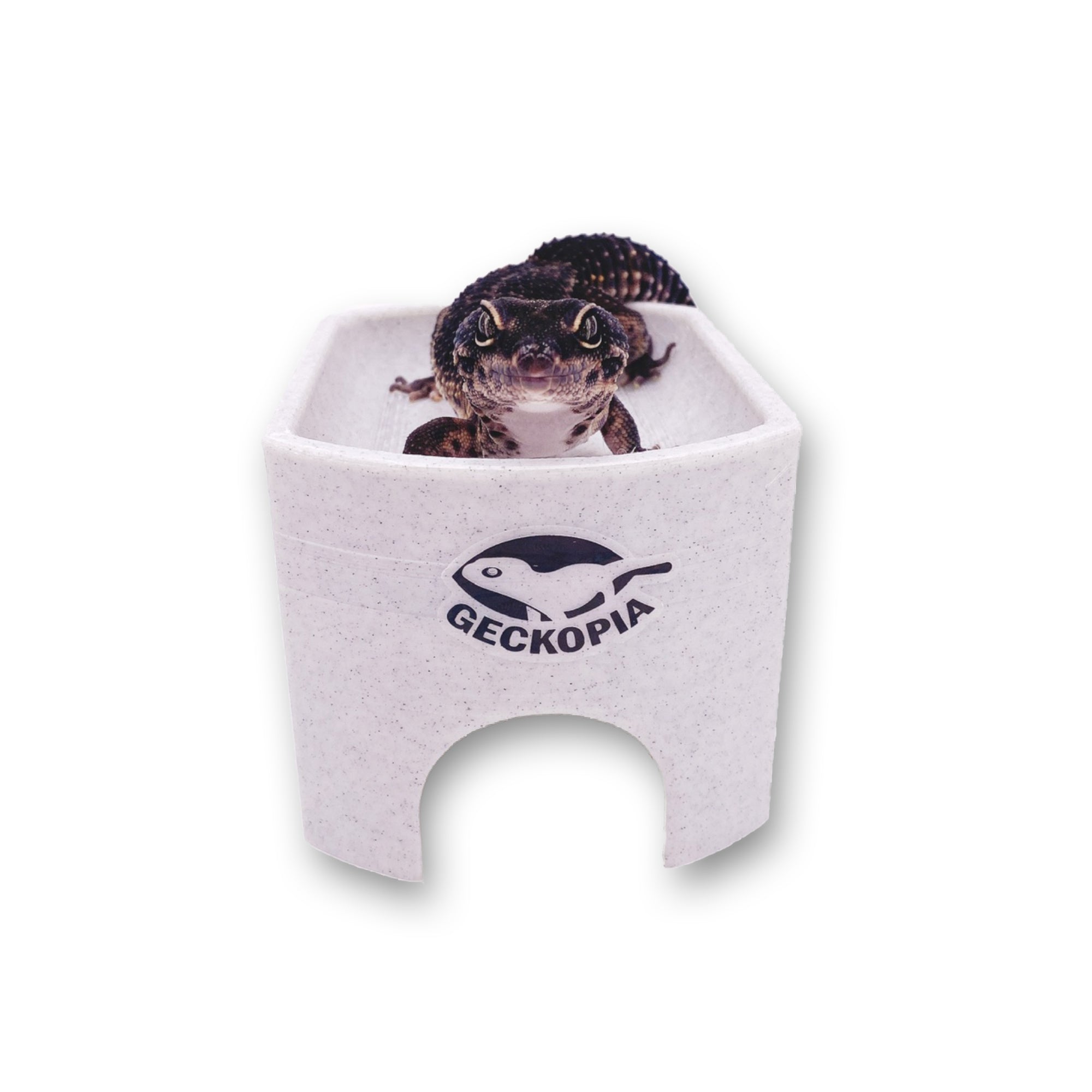
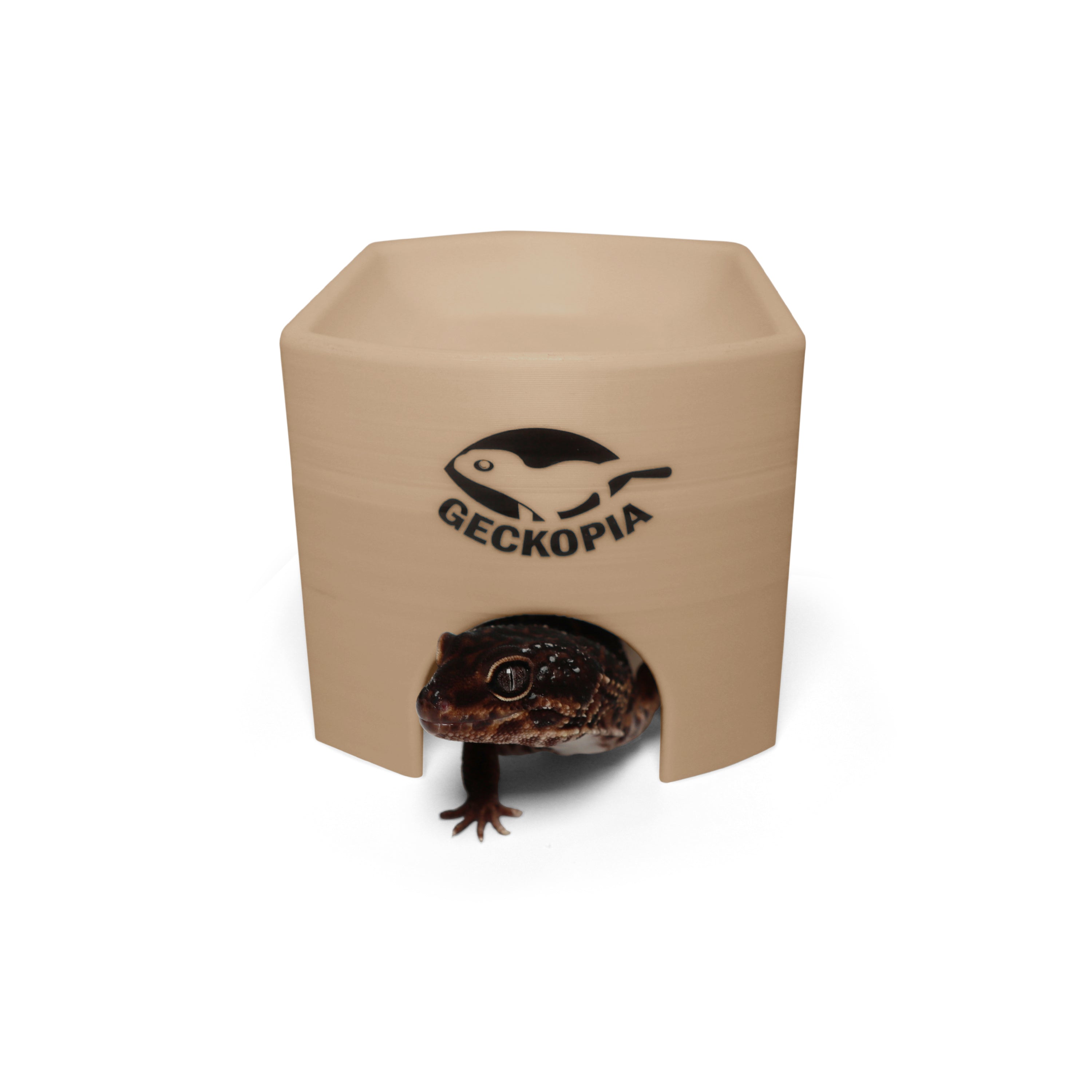
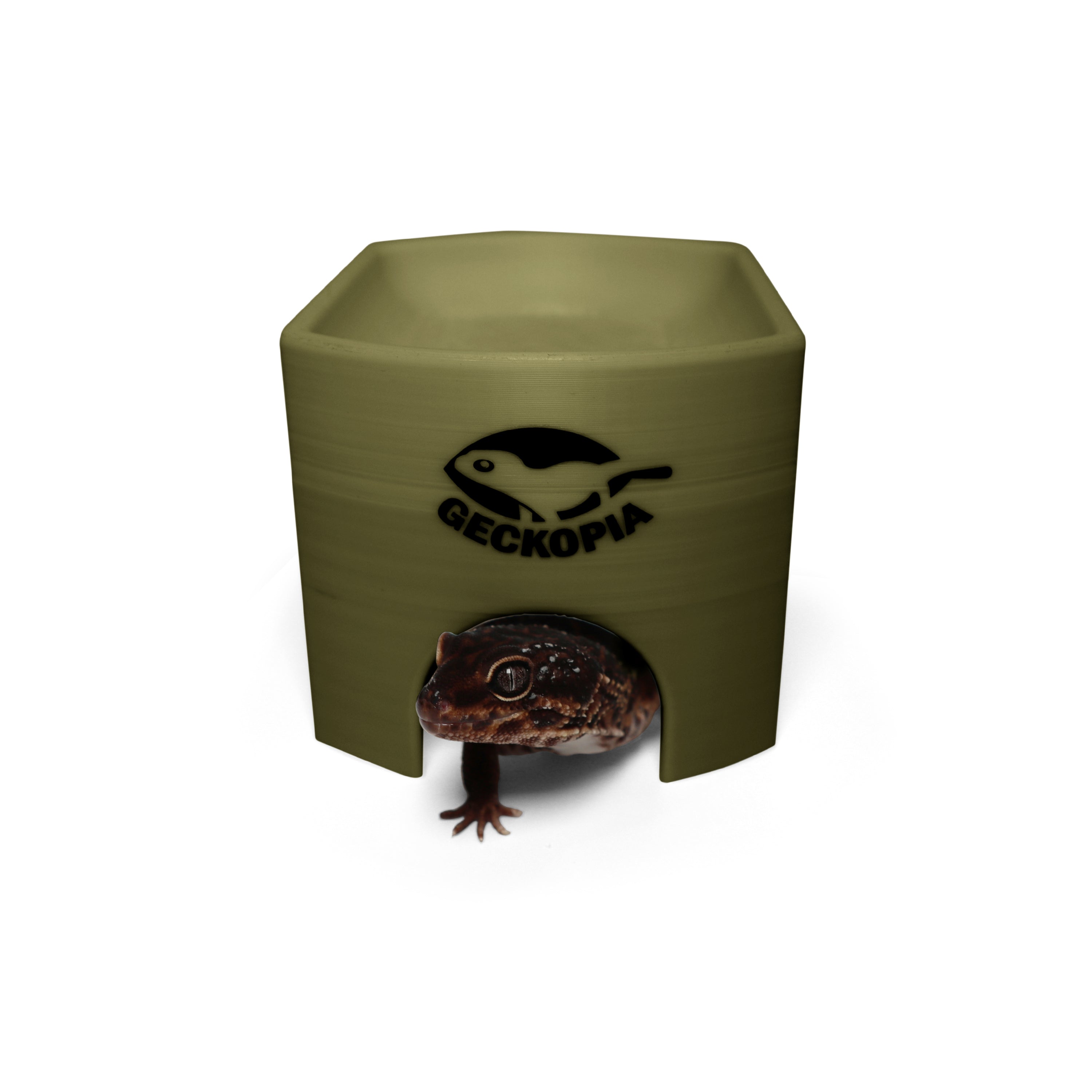

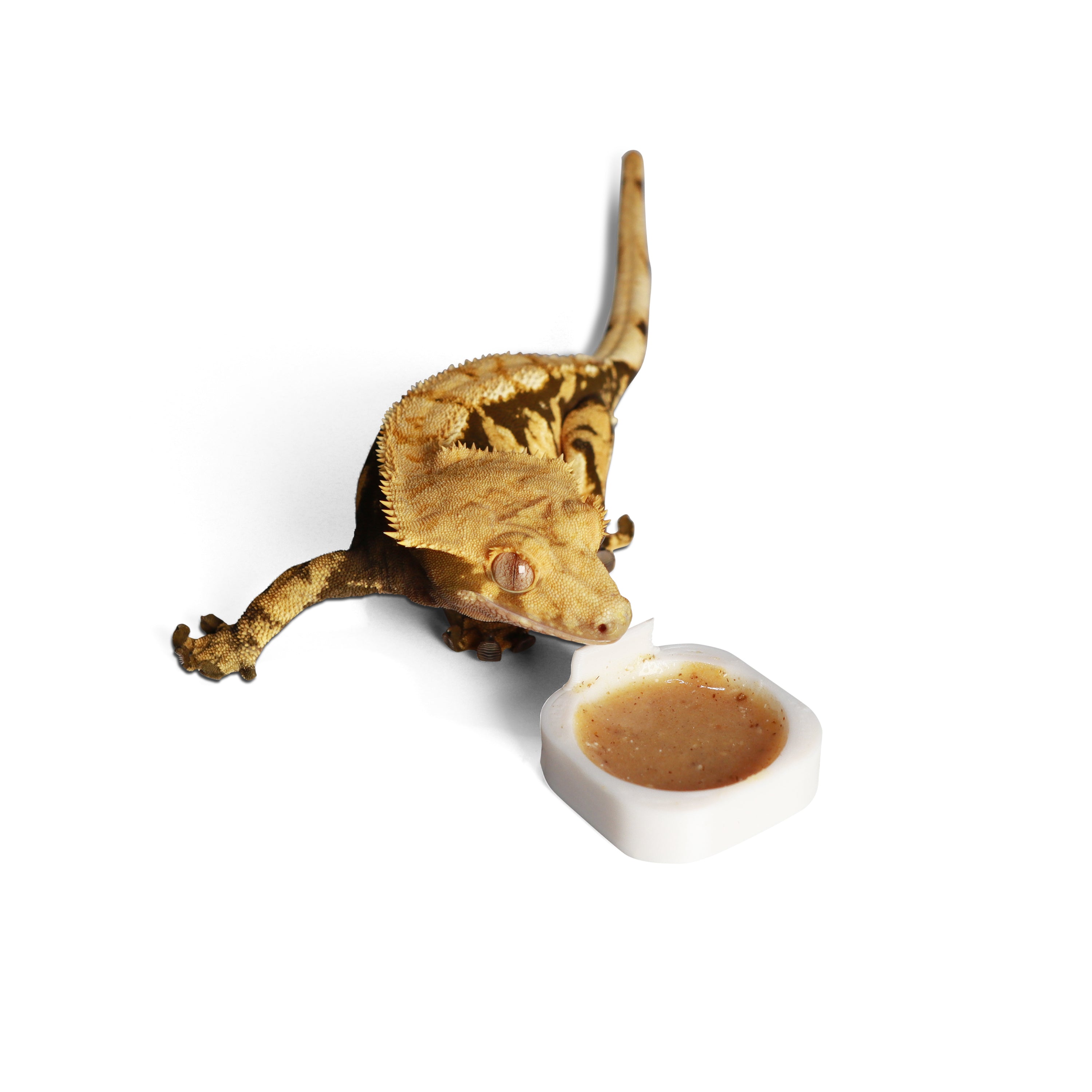
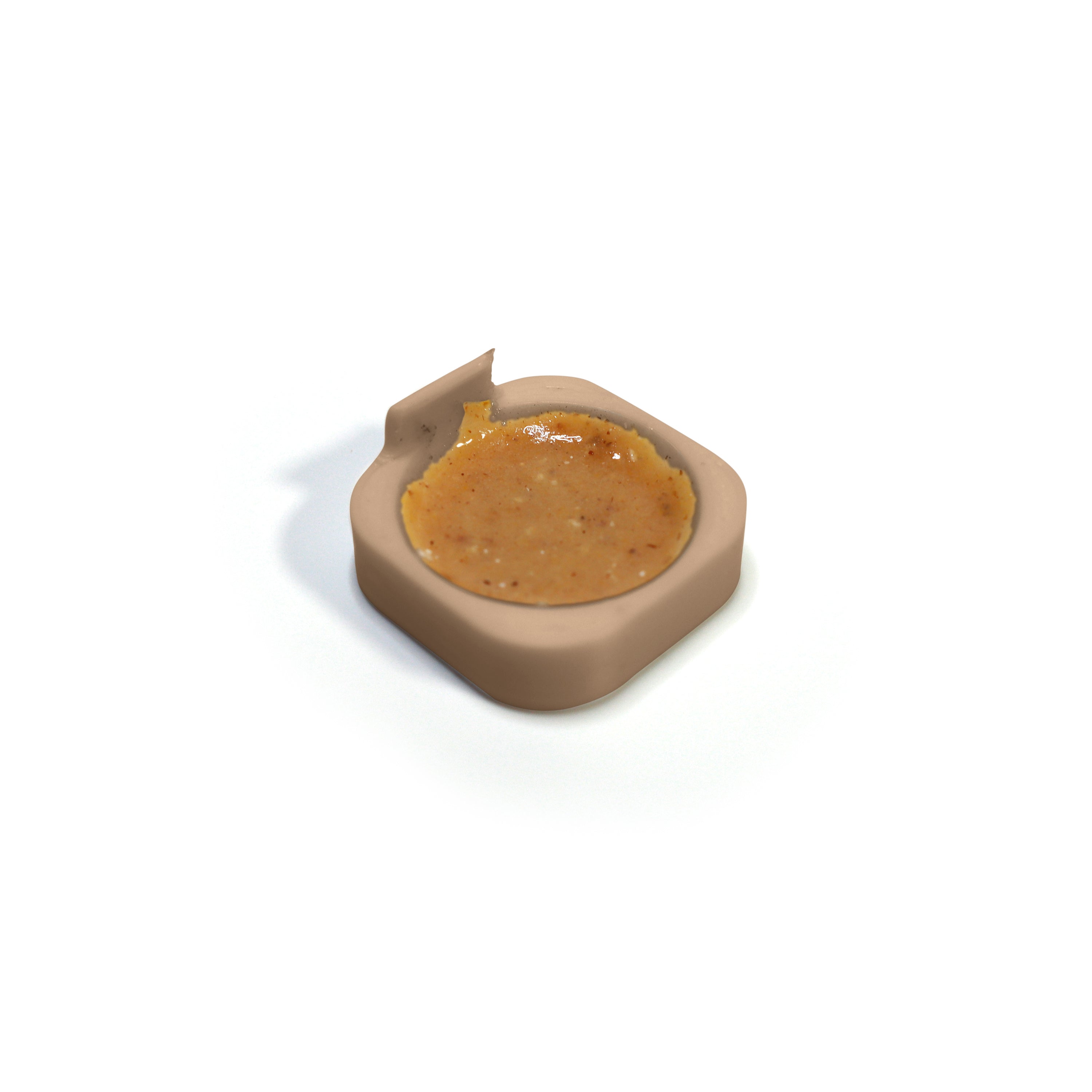
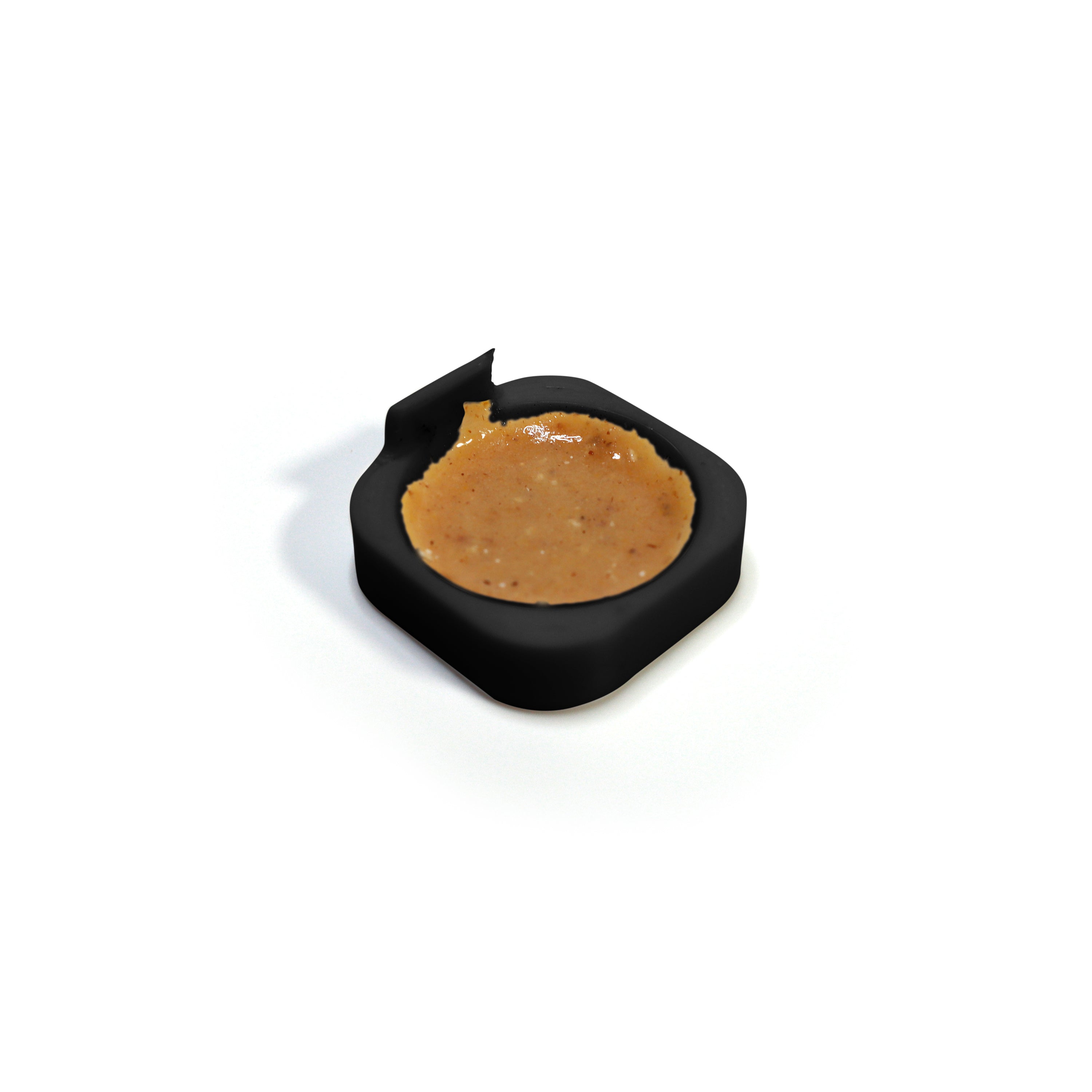


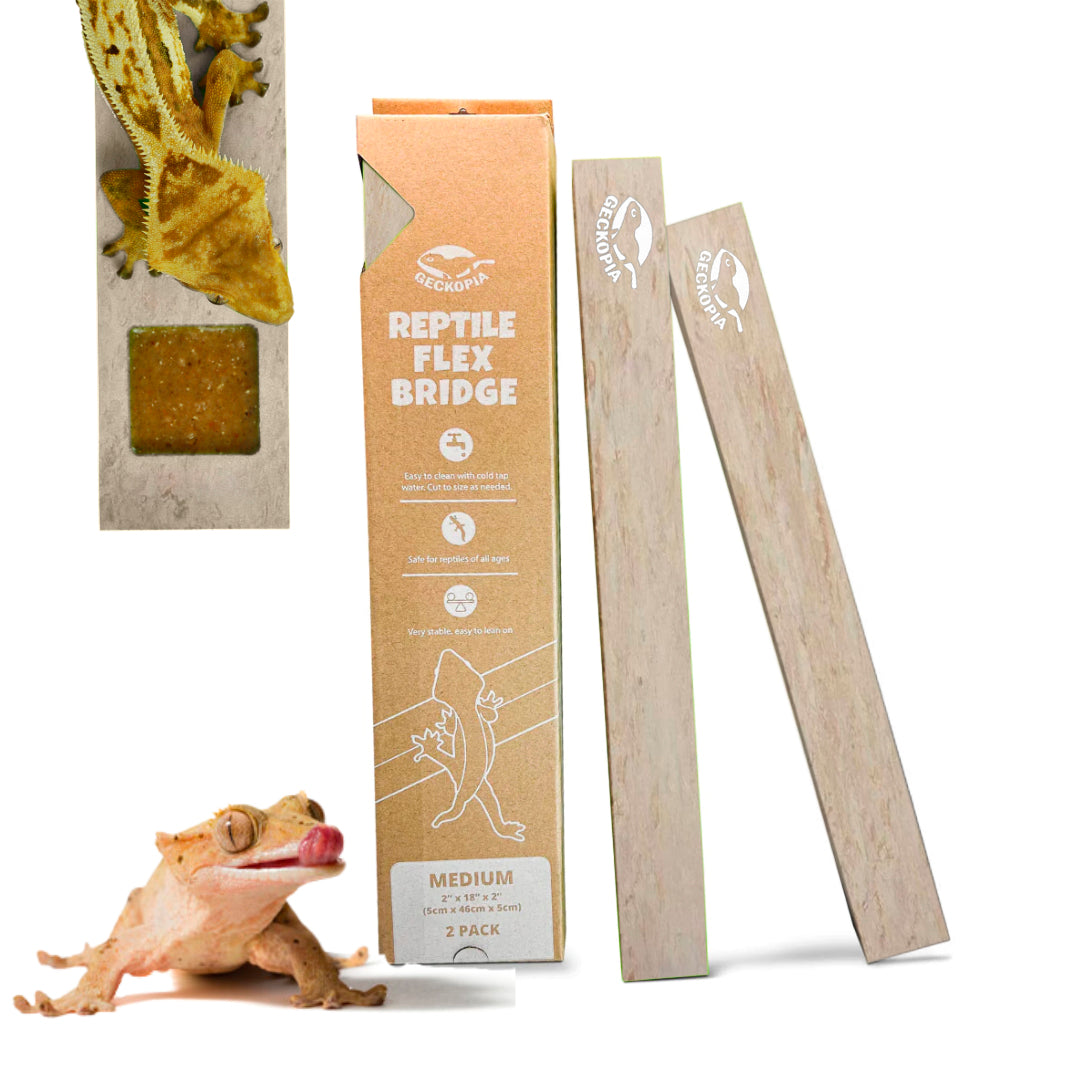

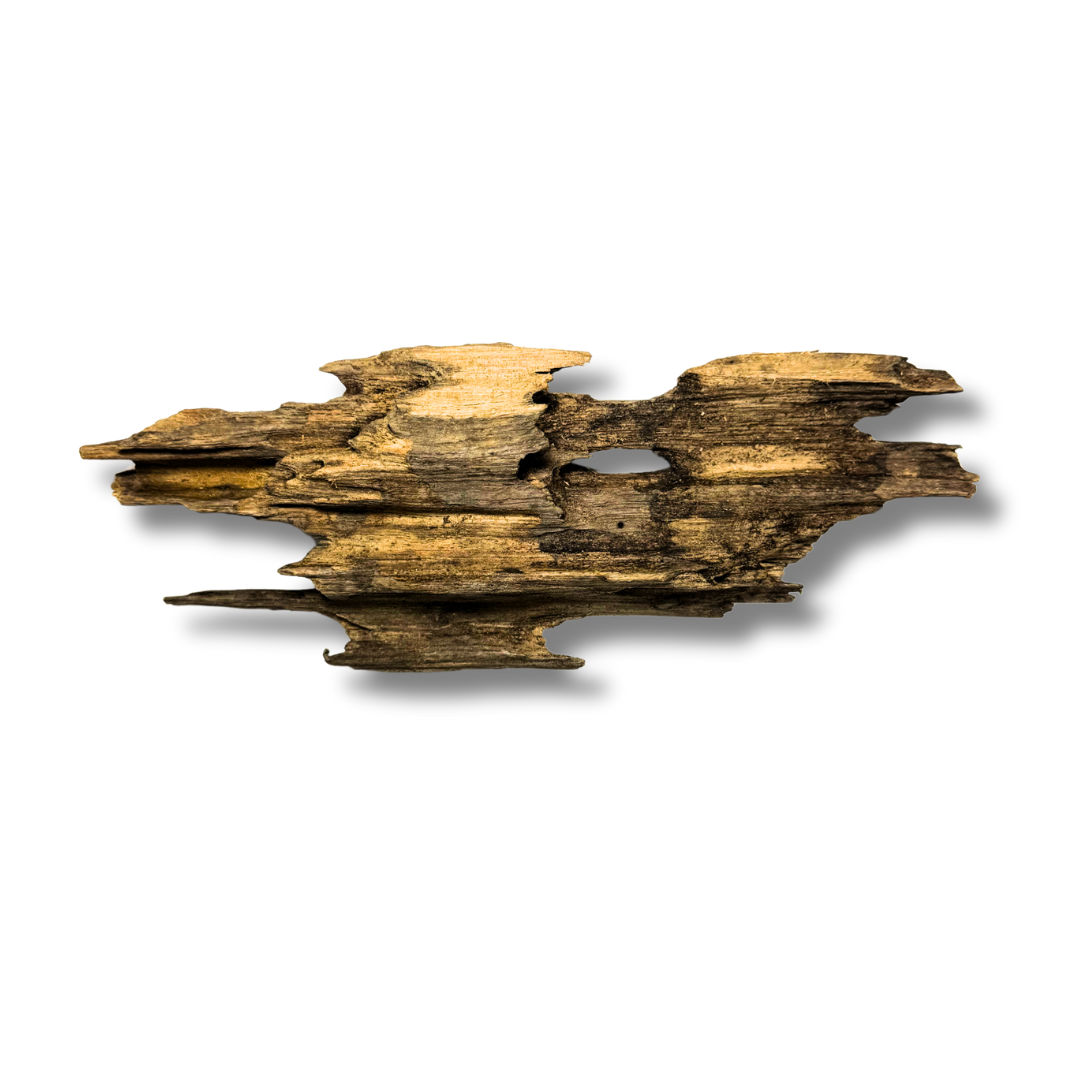
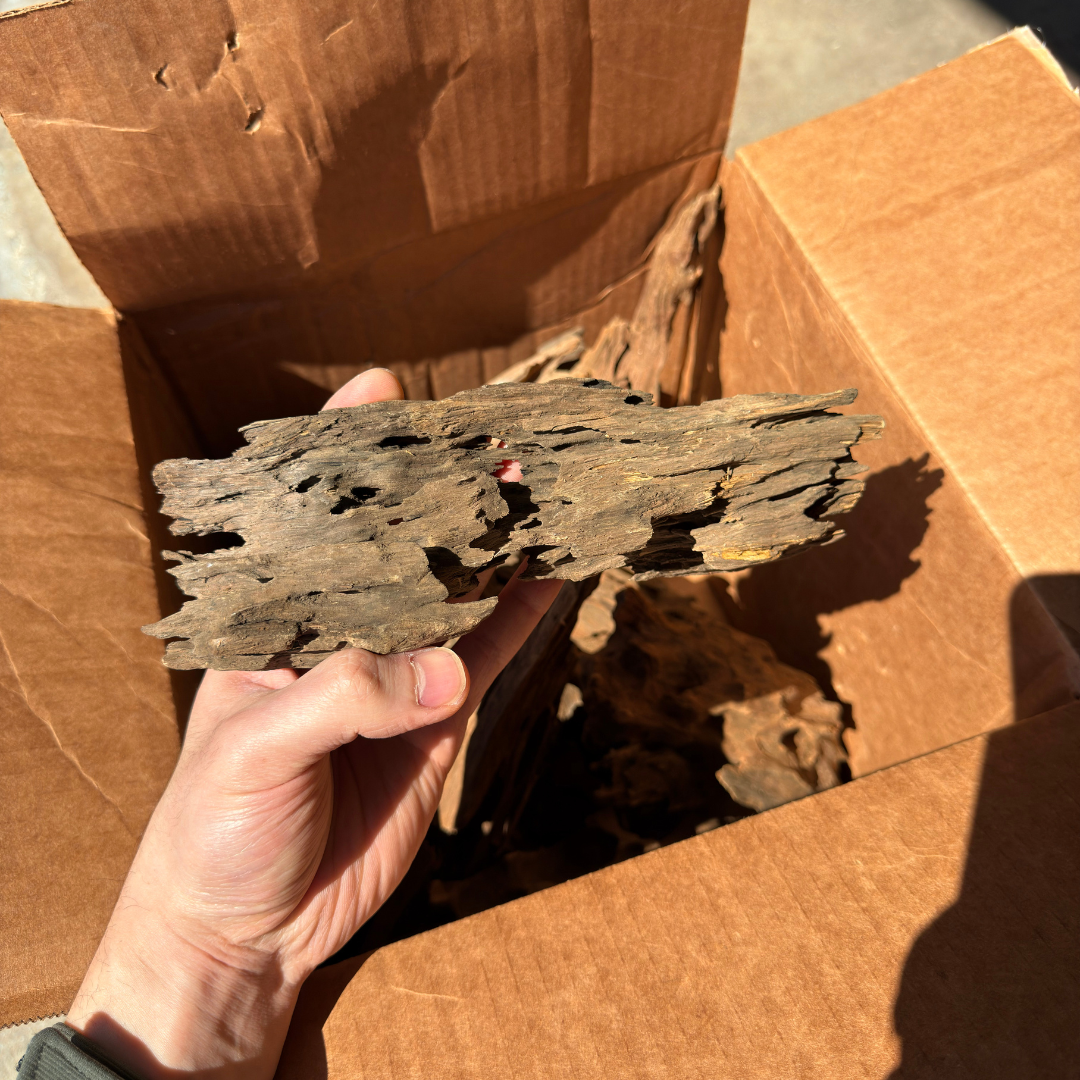
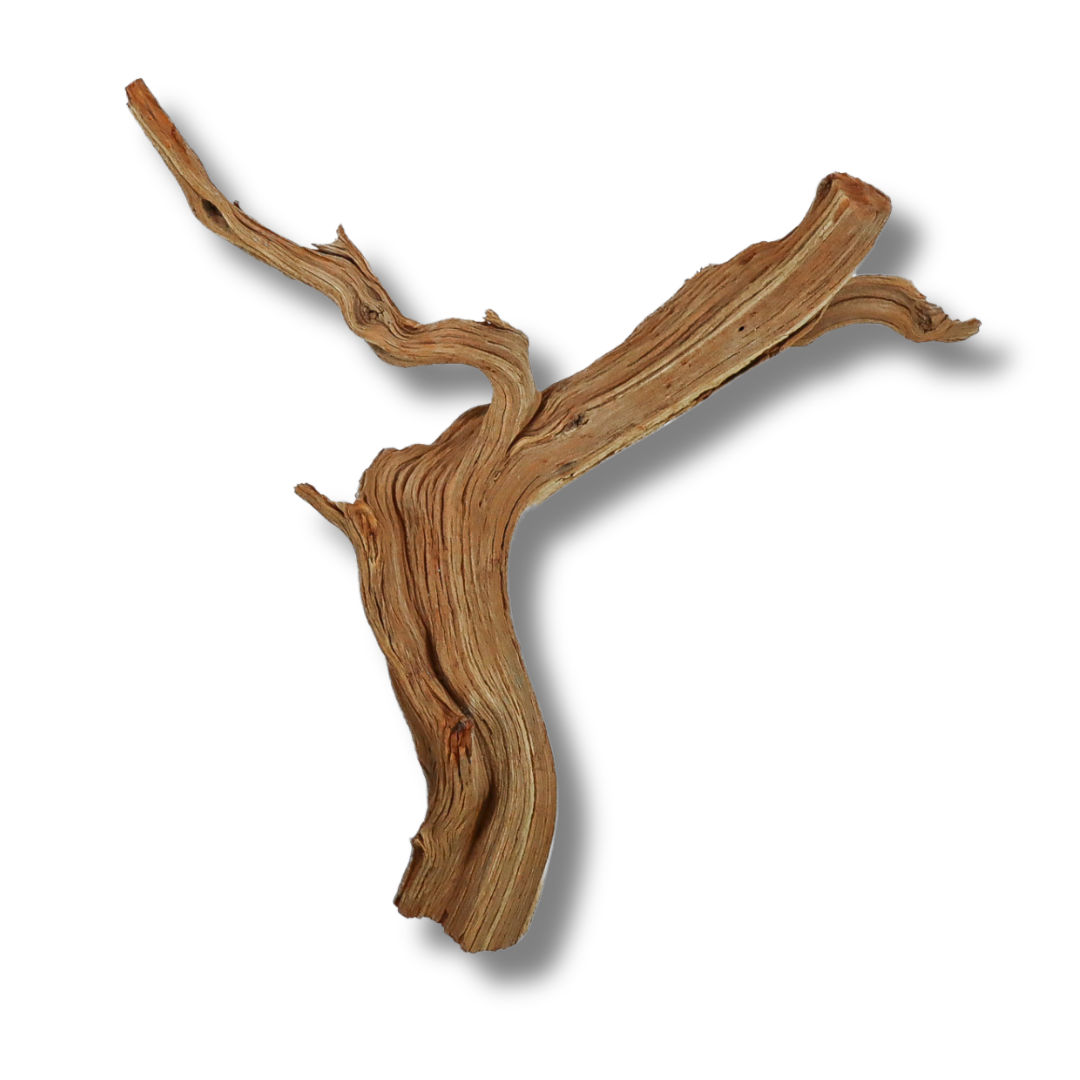
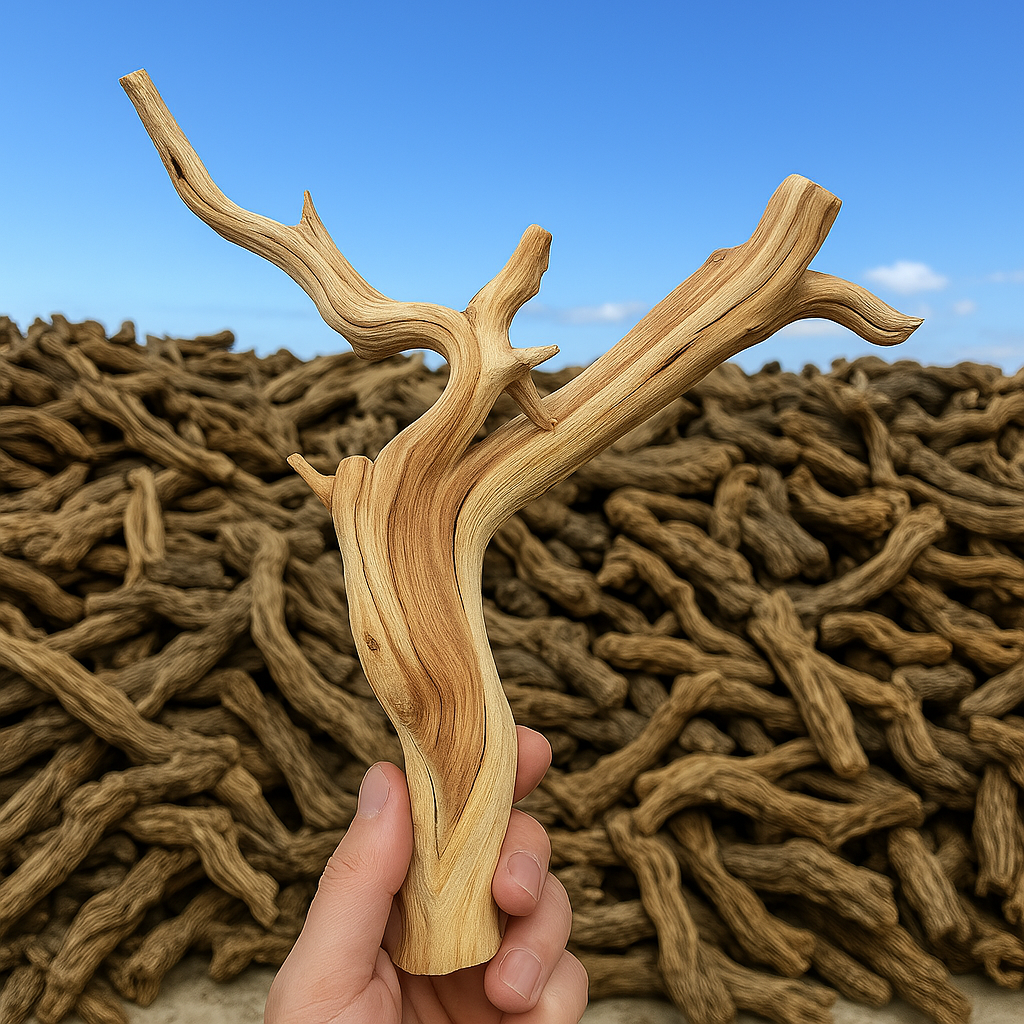
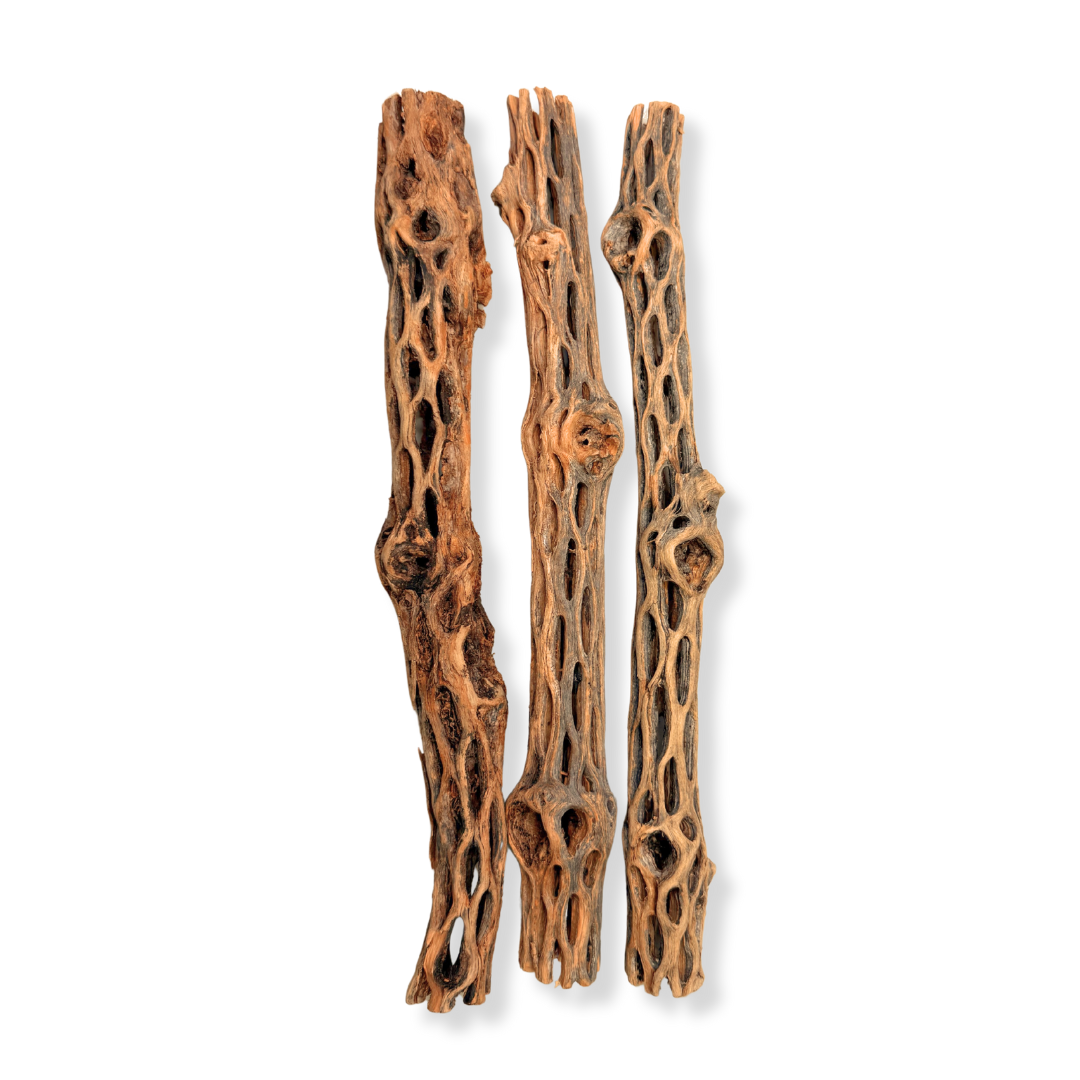
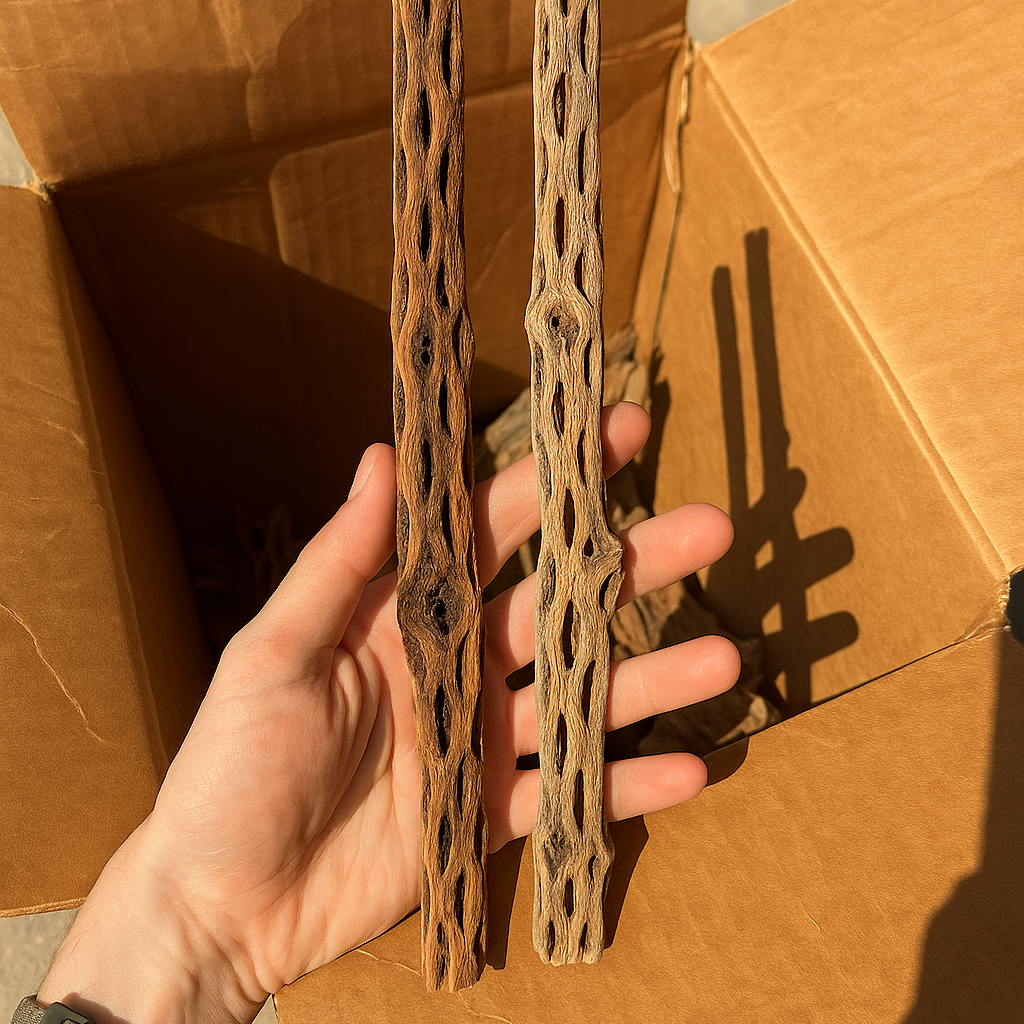
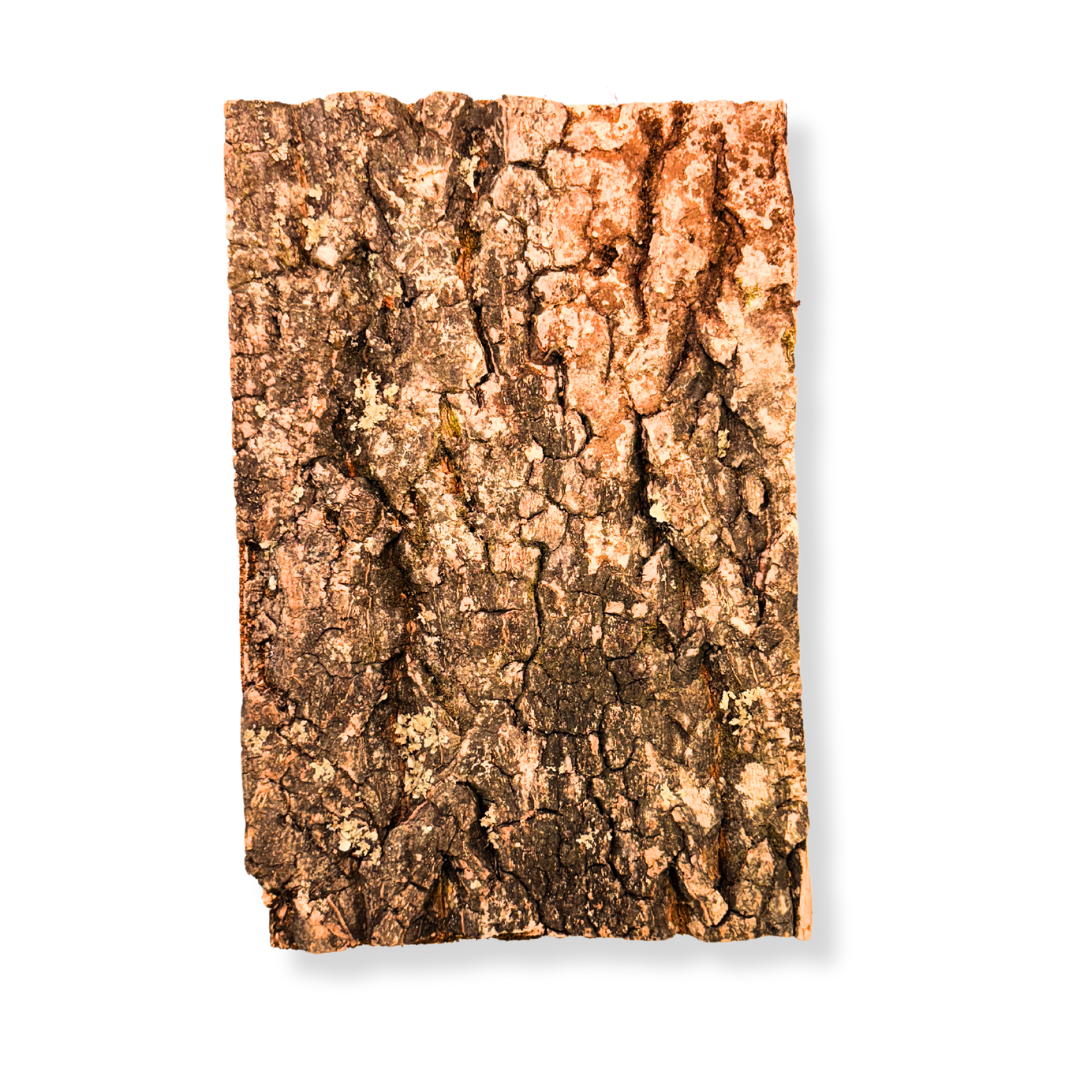
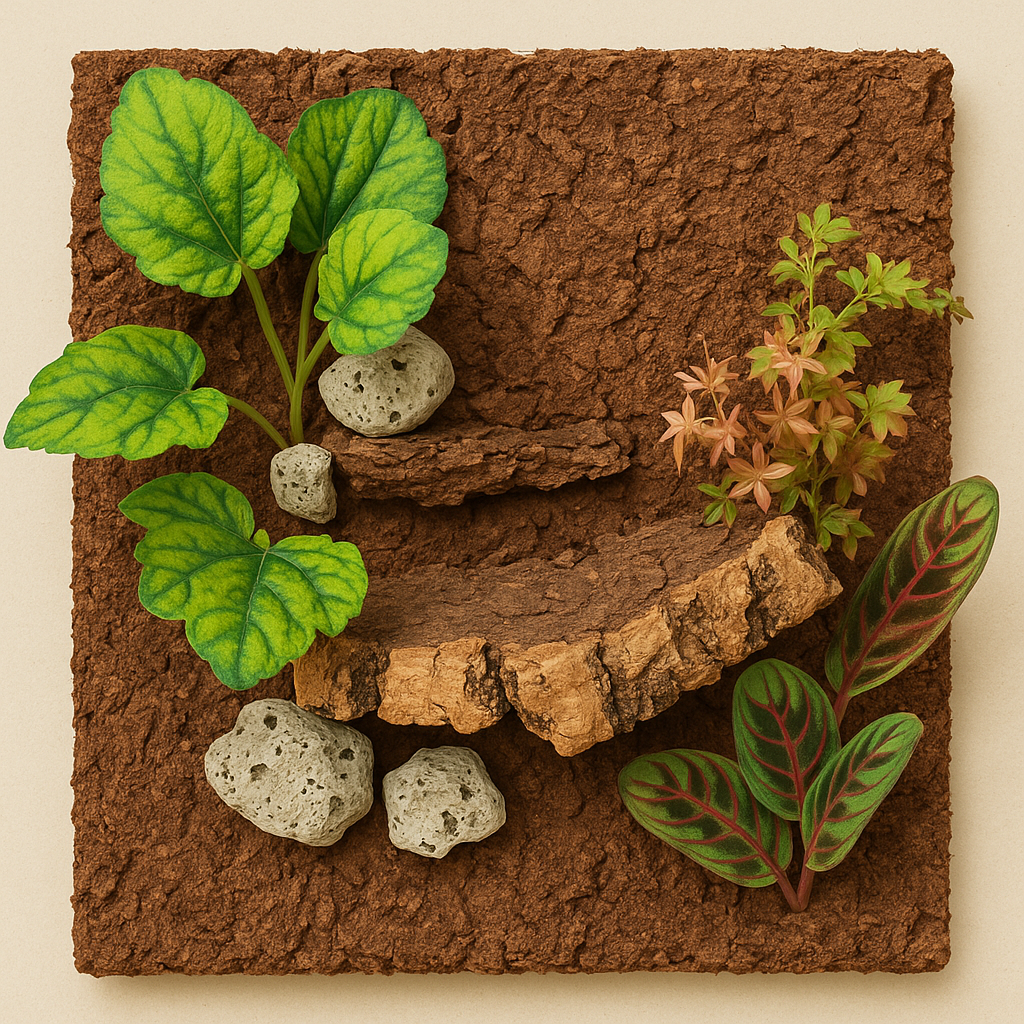



Leave a comment